A little Night Magic - In a Wilded Highlands Retreat- Eastern Free State.

With names such as Convolvulus Hawk Moth, Silver-striped Hawk Moth, Brown striped Hawk Moth, Broad - striped Hawk Moth, Lesser Brown-striped Hawk moth, Striped Hawk Moth - indeed many many hours were spent perfecting the art of catching these fabulous phantoms of the night - intimate moments of rarely seen perfection in motion- on camera.
With gratitude to Allen we share these stunningly beautiful photographs of these magnificent creatures that pollinate and surely heal a troubled world with quiet beauty, a smidgen of a portfolio of magnificent and joy.
What wonderful creatures Hawk Moths are, and, during March and April recently, here at Amohela ho Spitskop Country Retreat and Conservancy we were fortunate enough to have 6 different species of these beauties. Every evening around sundown, for they are crepuscular - they appear at dusk and dawn, they suddenly appeared to feed on our Bouncing Bess and Agapanthus flowers.
They have a very long proboscis tongue which they reel in and out to suit, all the while hovering in front of their target flower - and this was accomplished in darkness. What marvels they are, their tongues reach deep into the flowers with never a miss, and they flit speedily from bloom to bloom. To watch them close up is truly awesome and one realises just how magnificent nature is, abundant in our Wilded Highlands Retreat.
Butterflies and Moths belong to the same order - Lepidoptera, from Greek and meaning "wing scales"
These beautiful large moths, some measuring over 110 mm wingspan, emitting a deep humming sound as they as they drummed past me - what a delight to feel a brush of air upon my face as they closely fly past . Captivating.
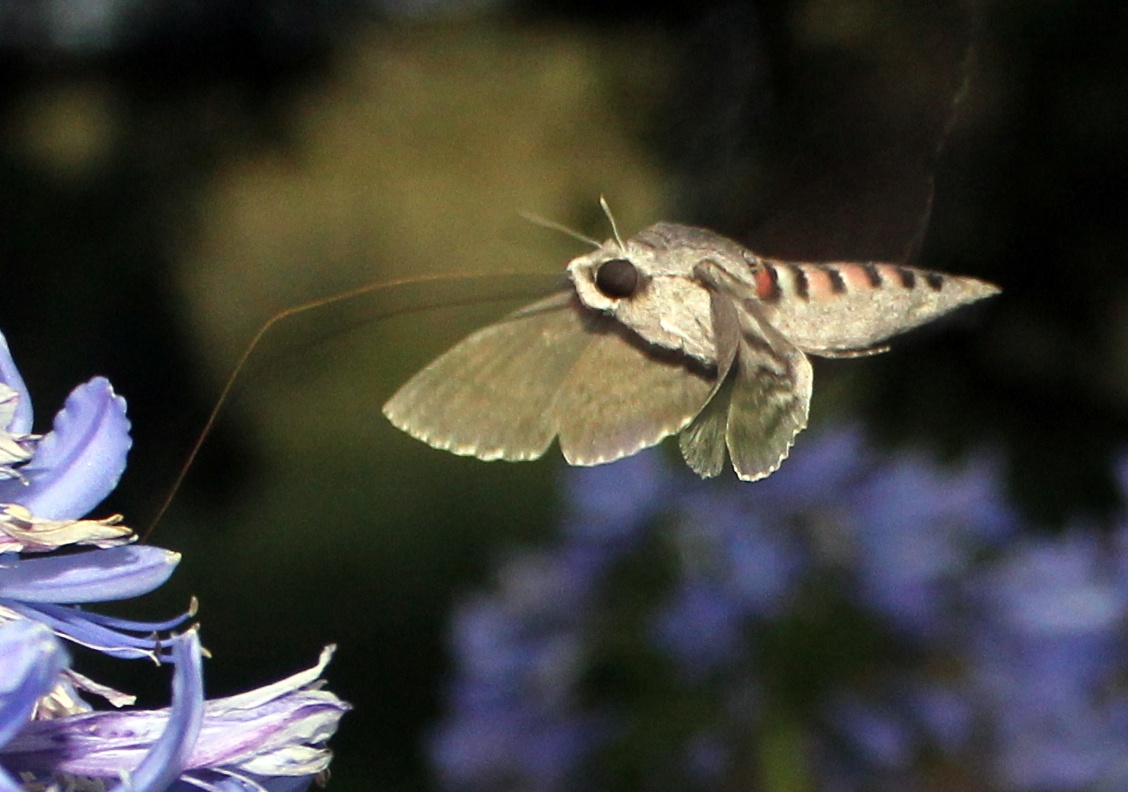
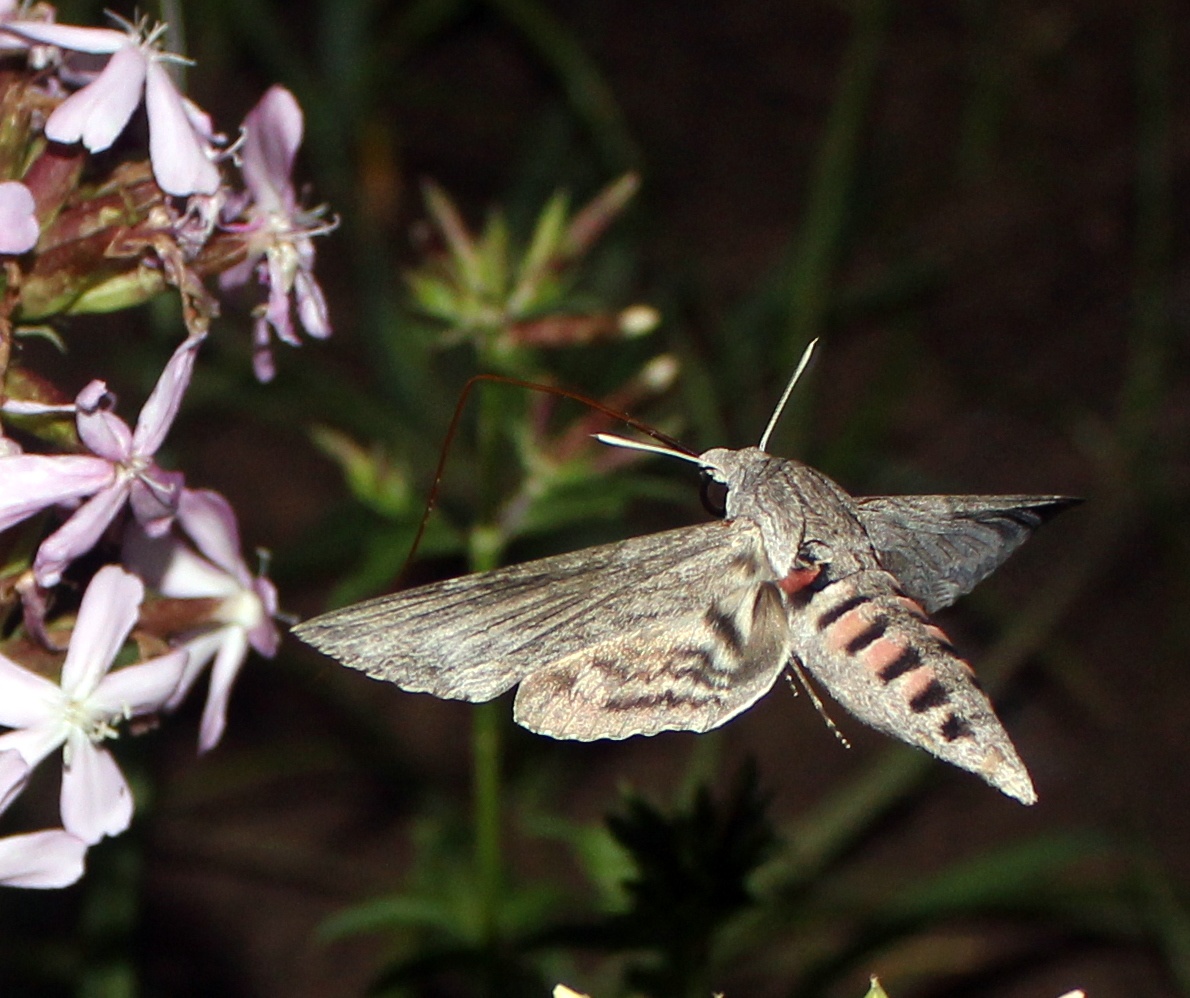
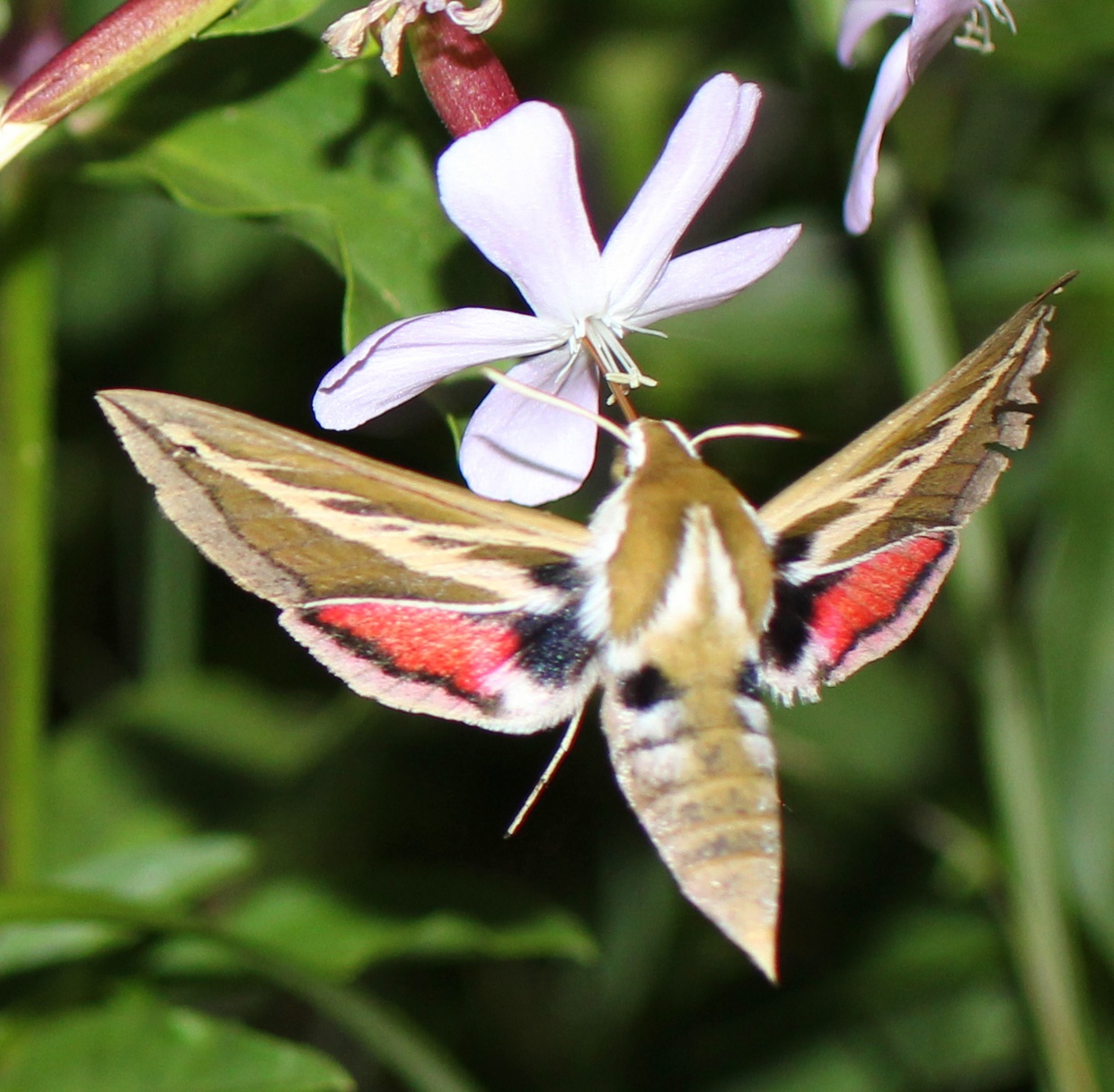
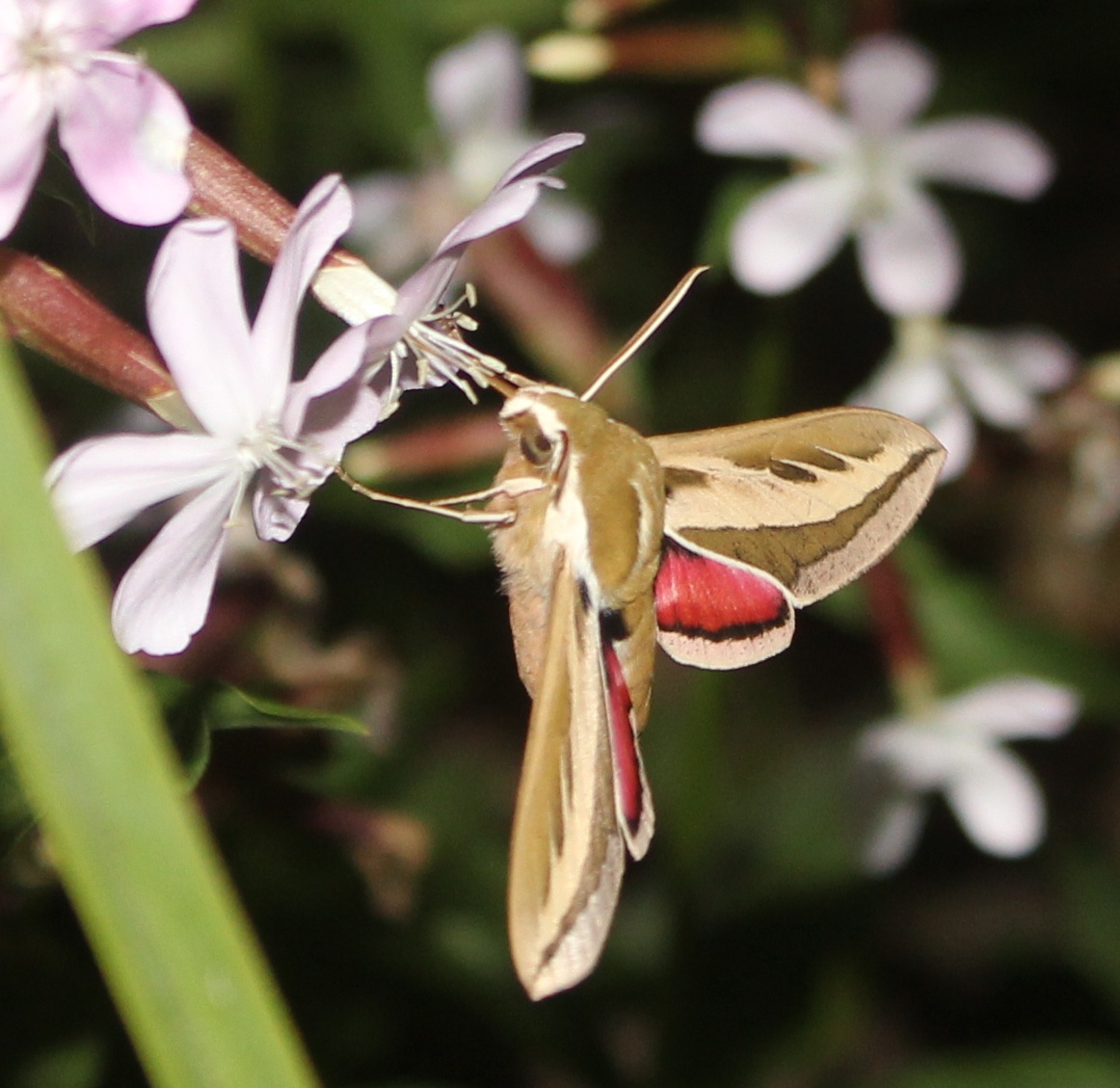
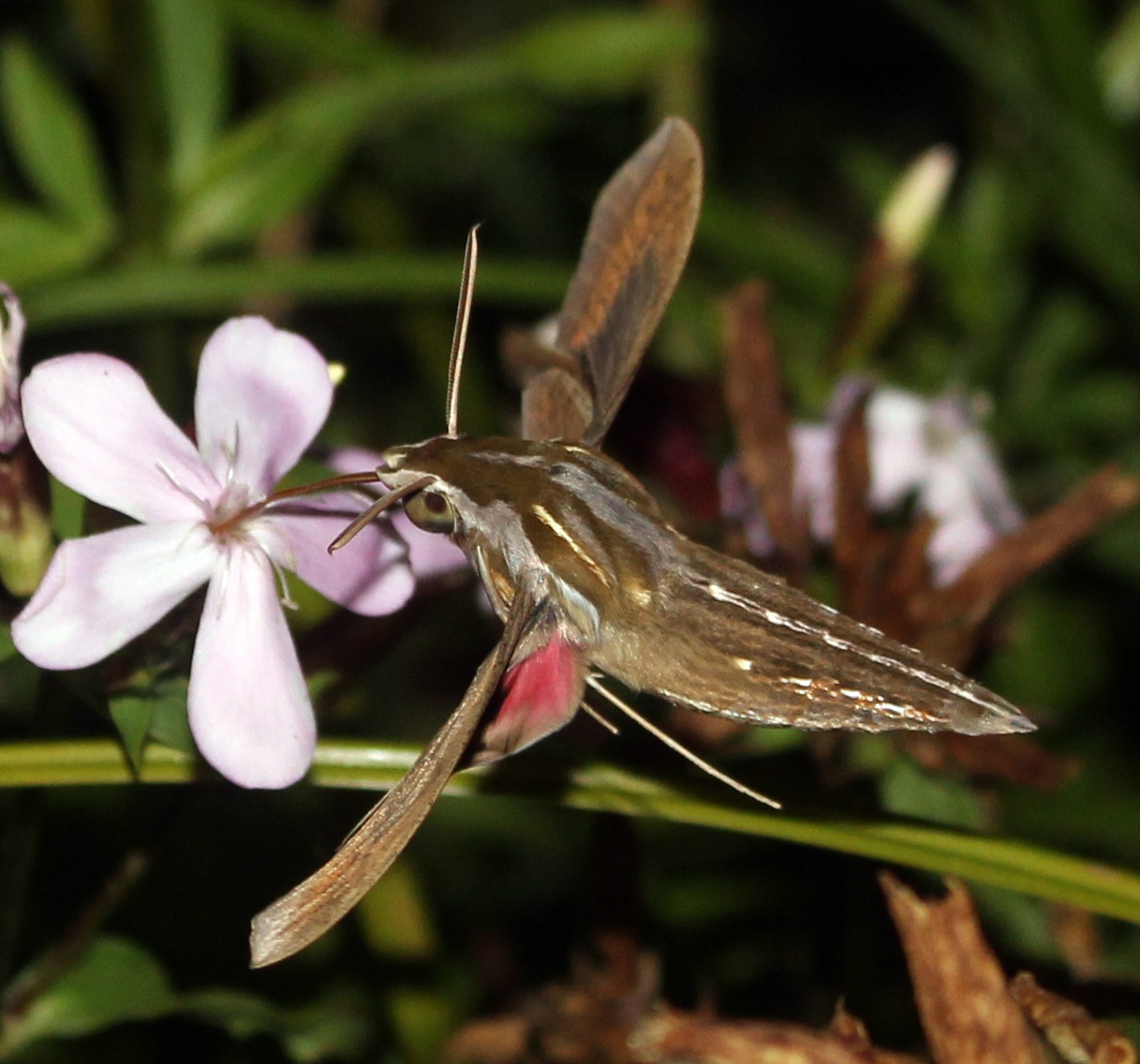
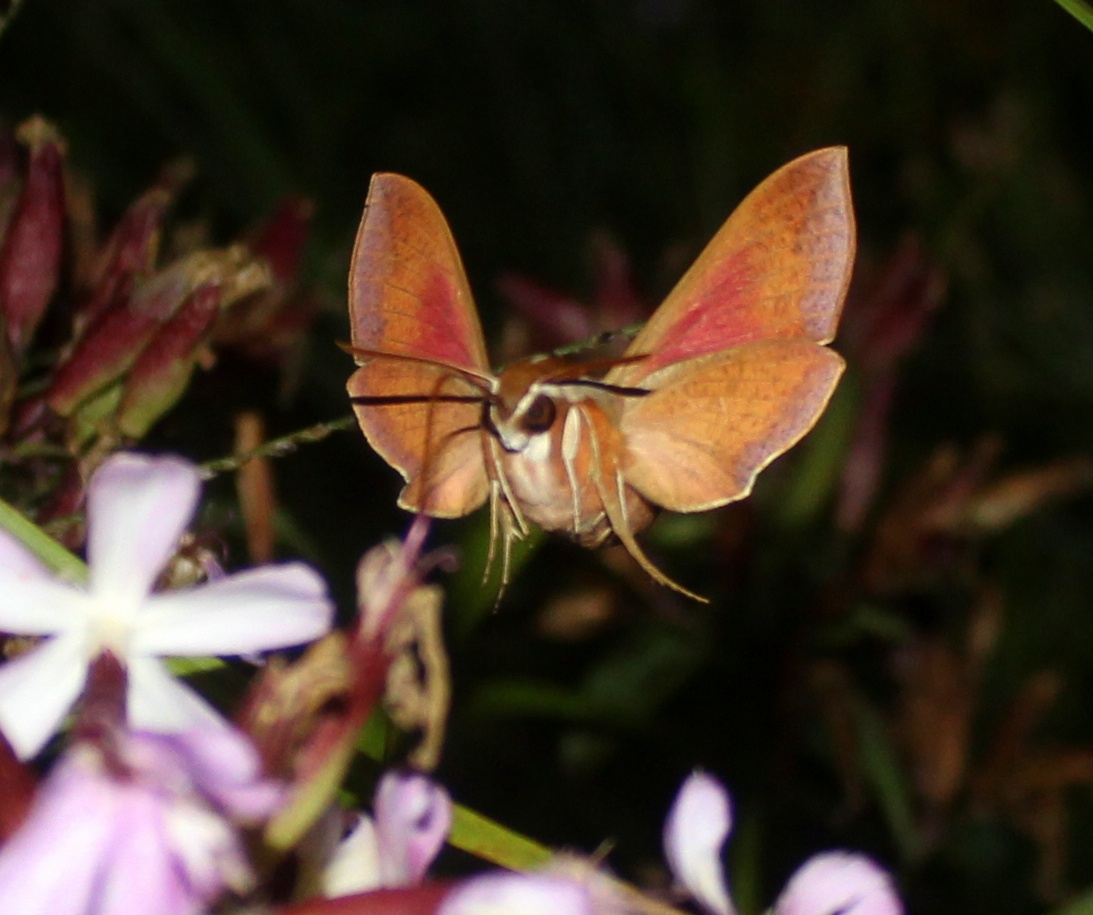
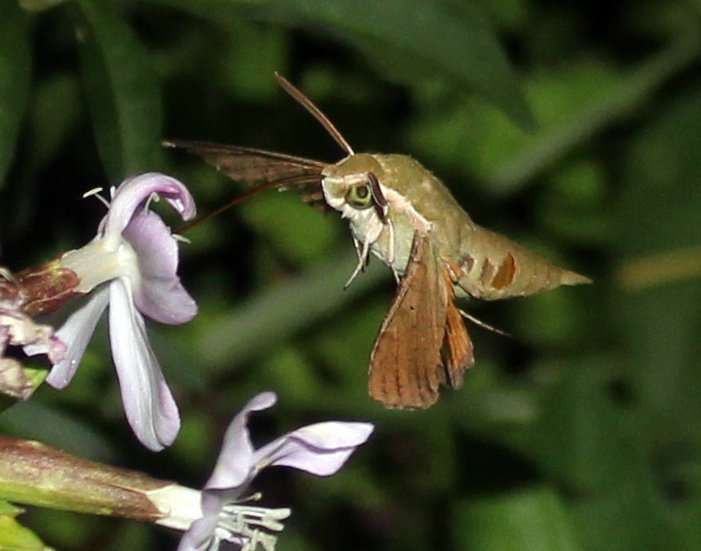
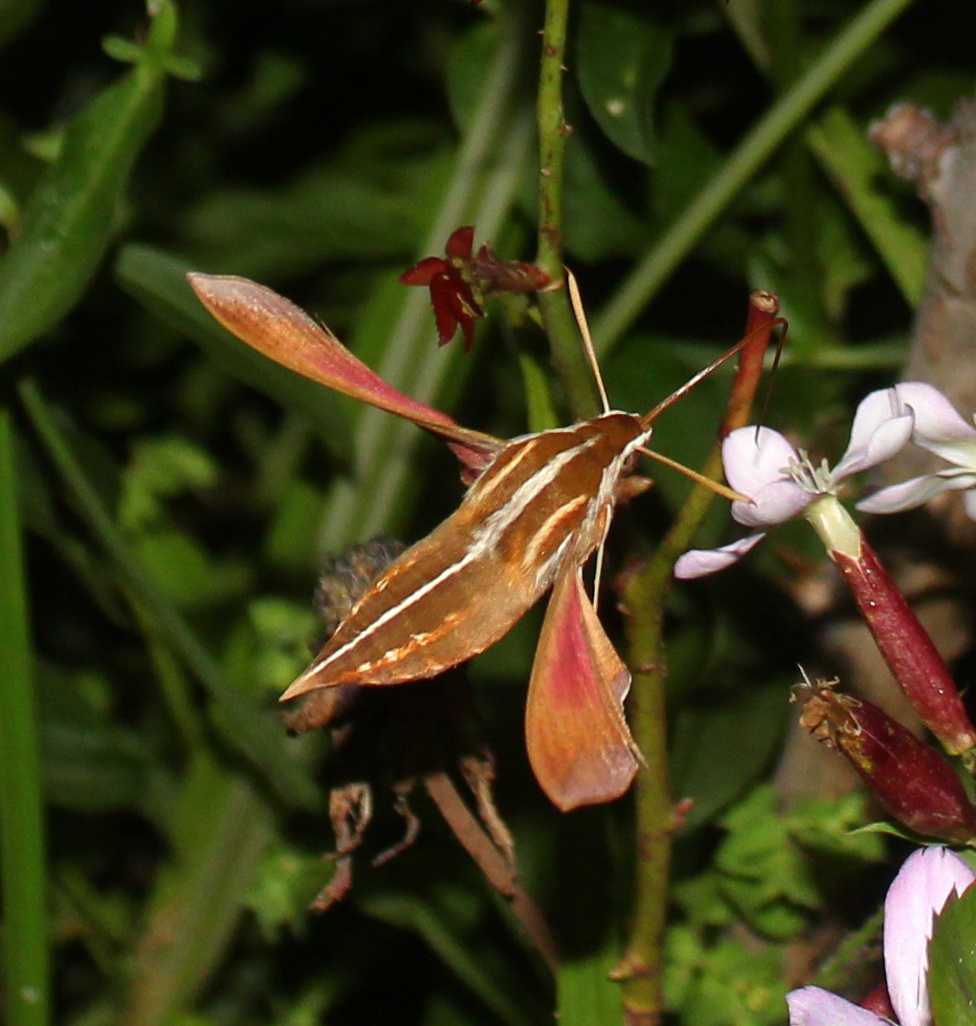
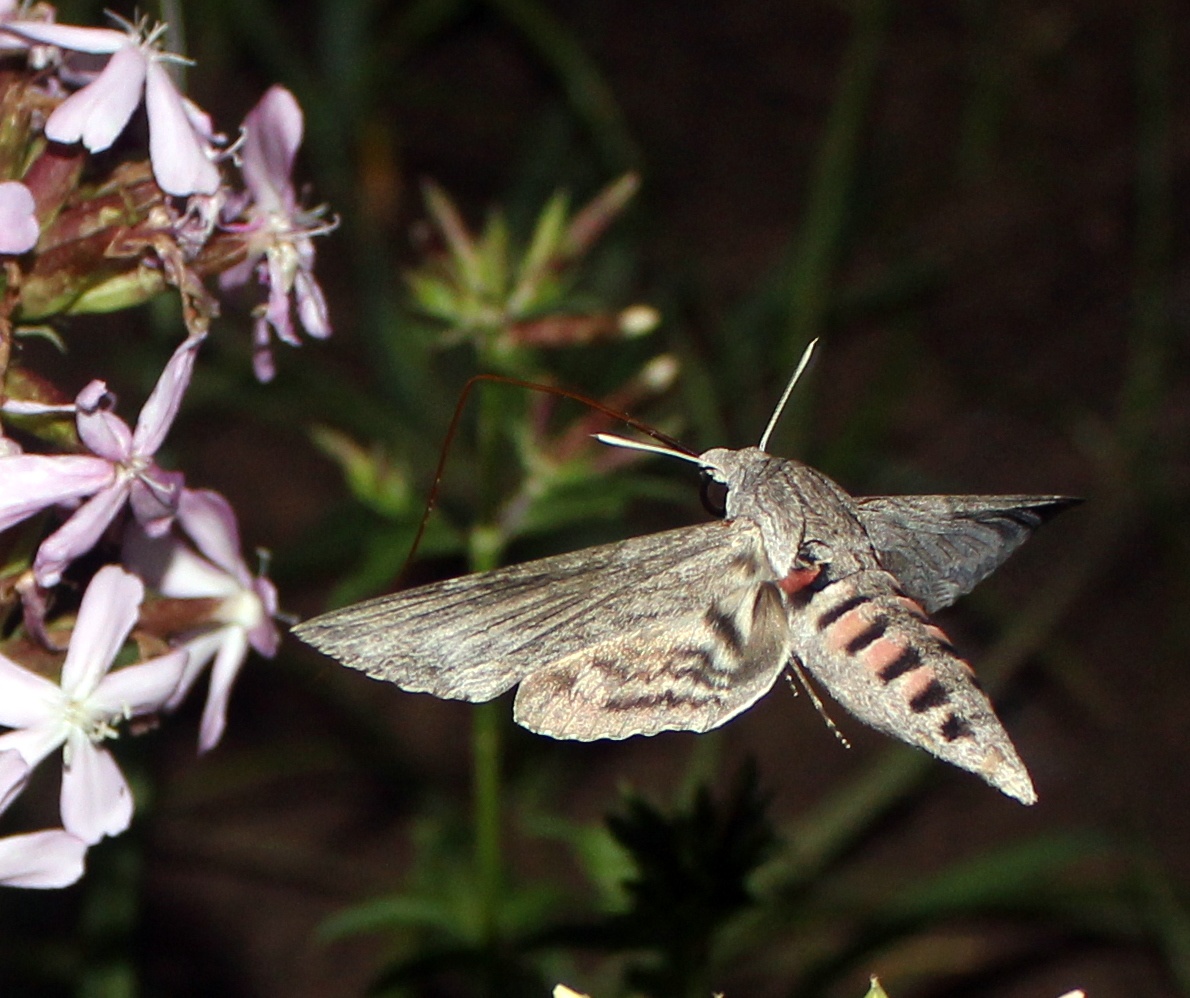
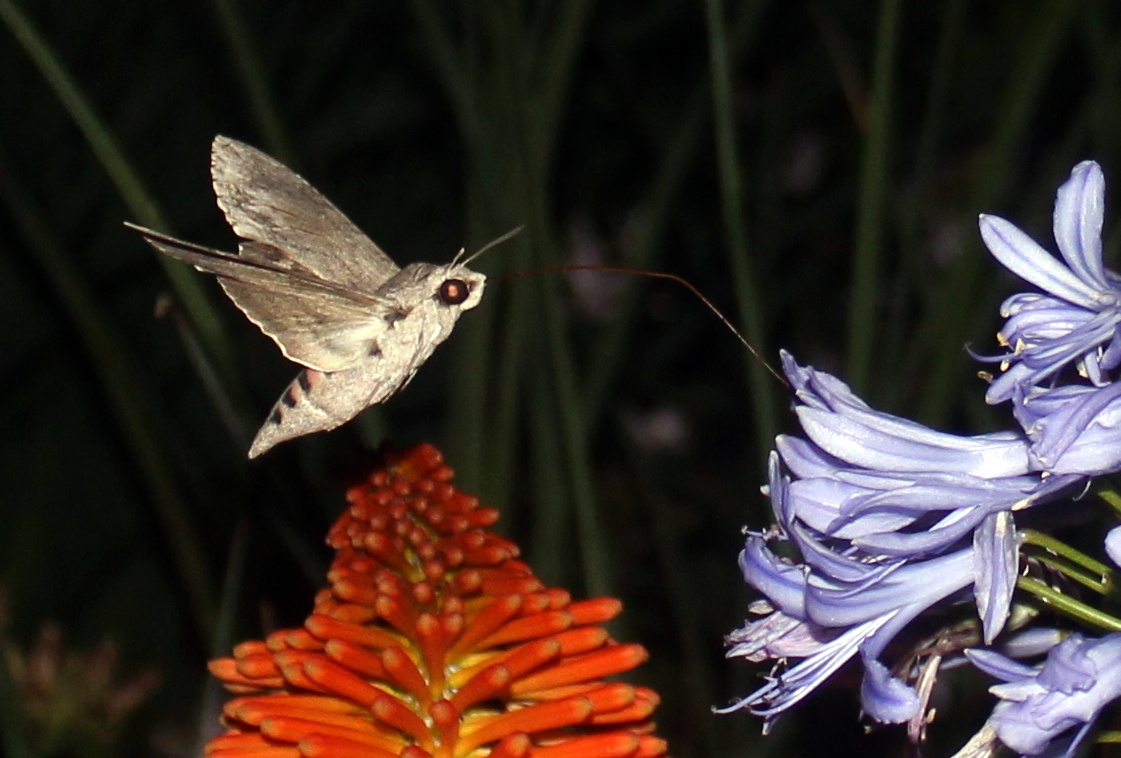
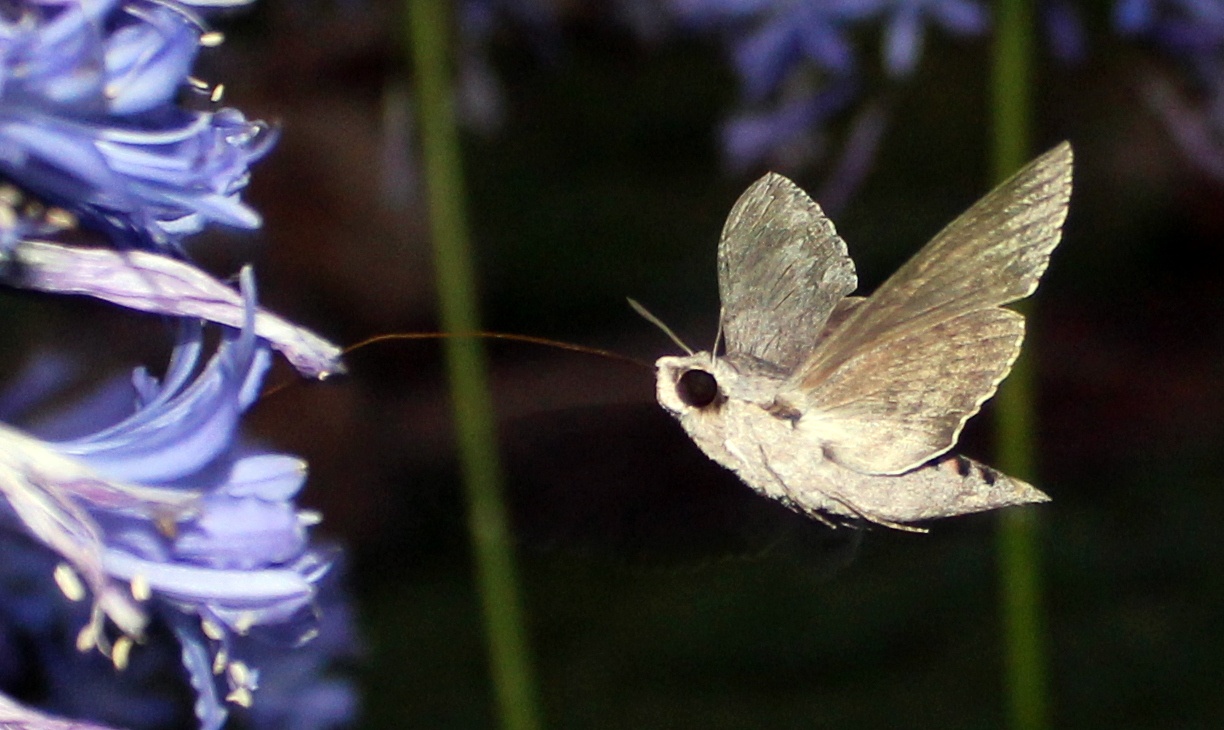
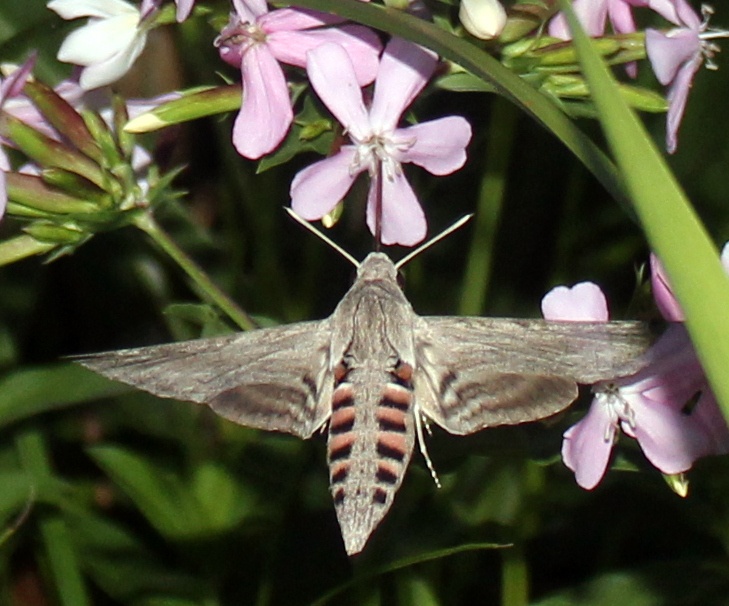
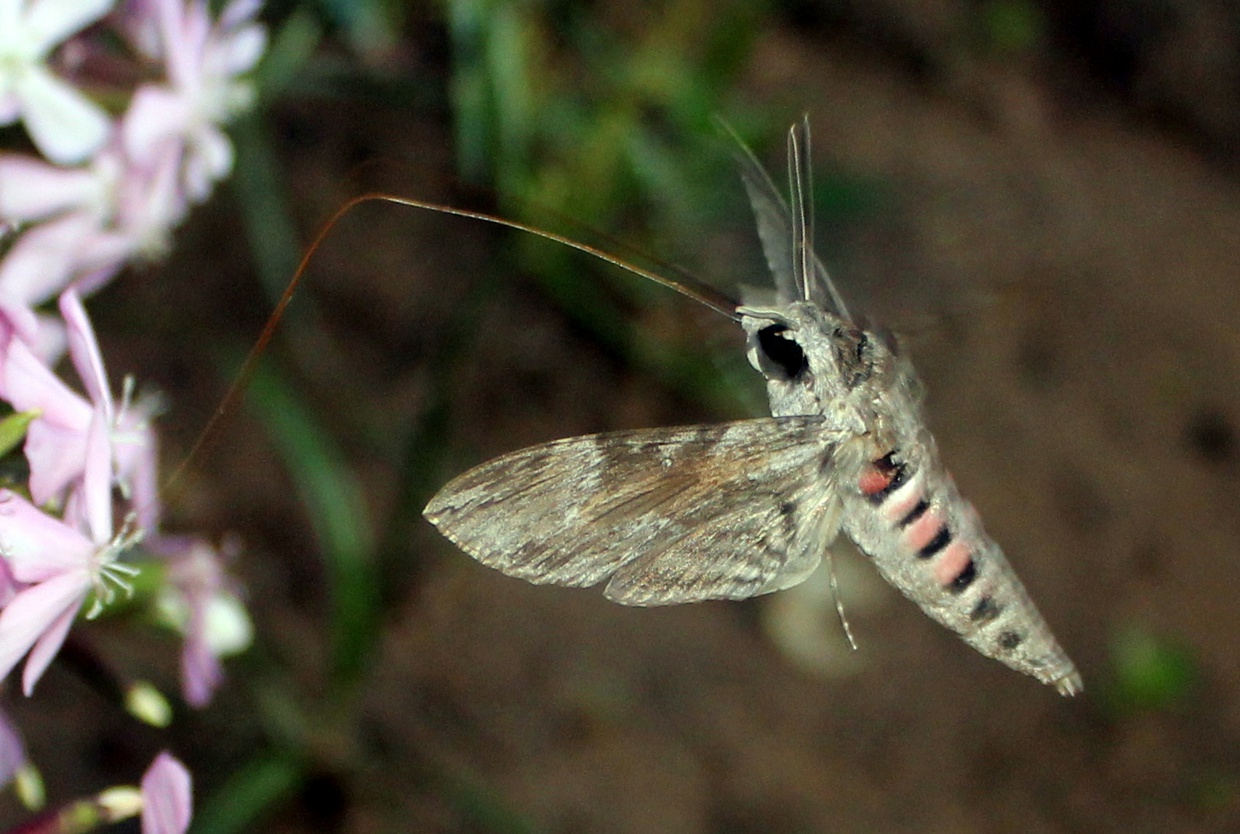
AND NOW SOME DAYTIME MAGIC TOO .............
There are many diurnal ( daytime ) flying Moths, perhaps not as spectacular as the Hawk Moths, but in their own right each is a beauty. Often accompanying their butterfly relatives they also perform a very important function of pollinating plants and are rewarded with nectar. They too have a proboscis tongue not quite as long , and they are equally as precise in placing it inside the flowers.
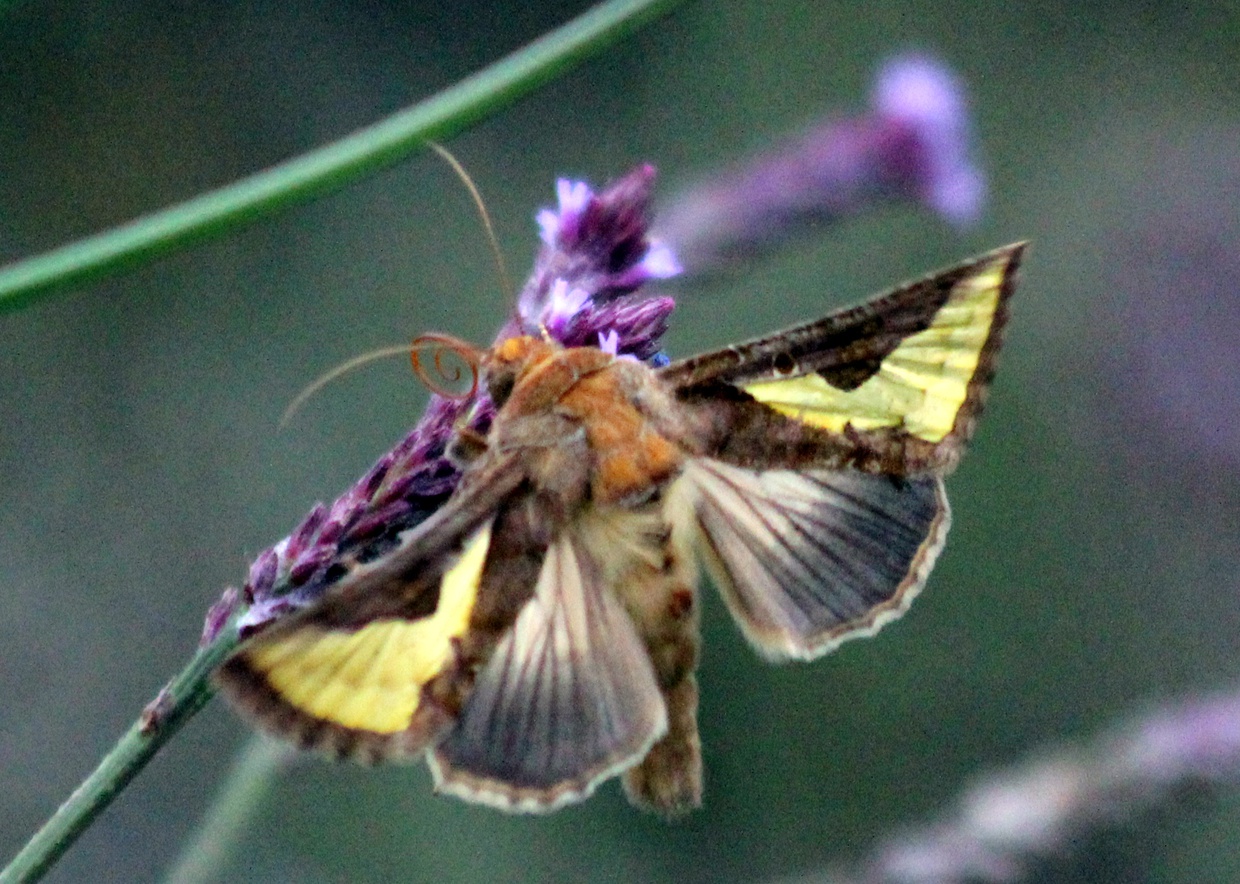
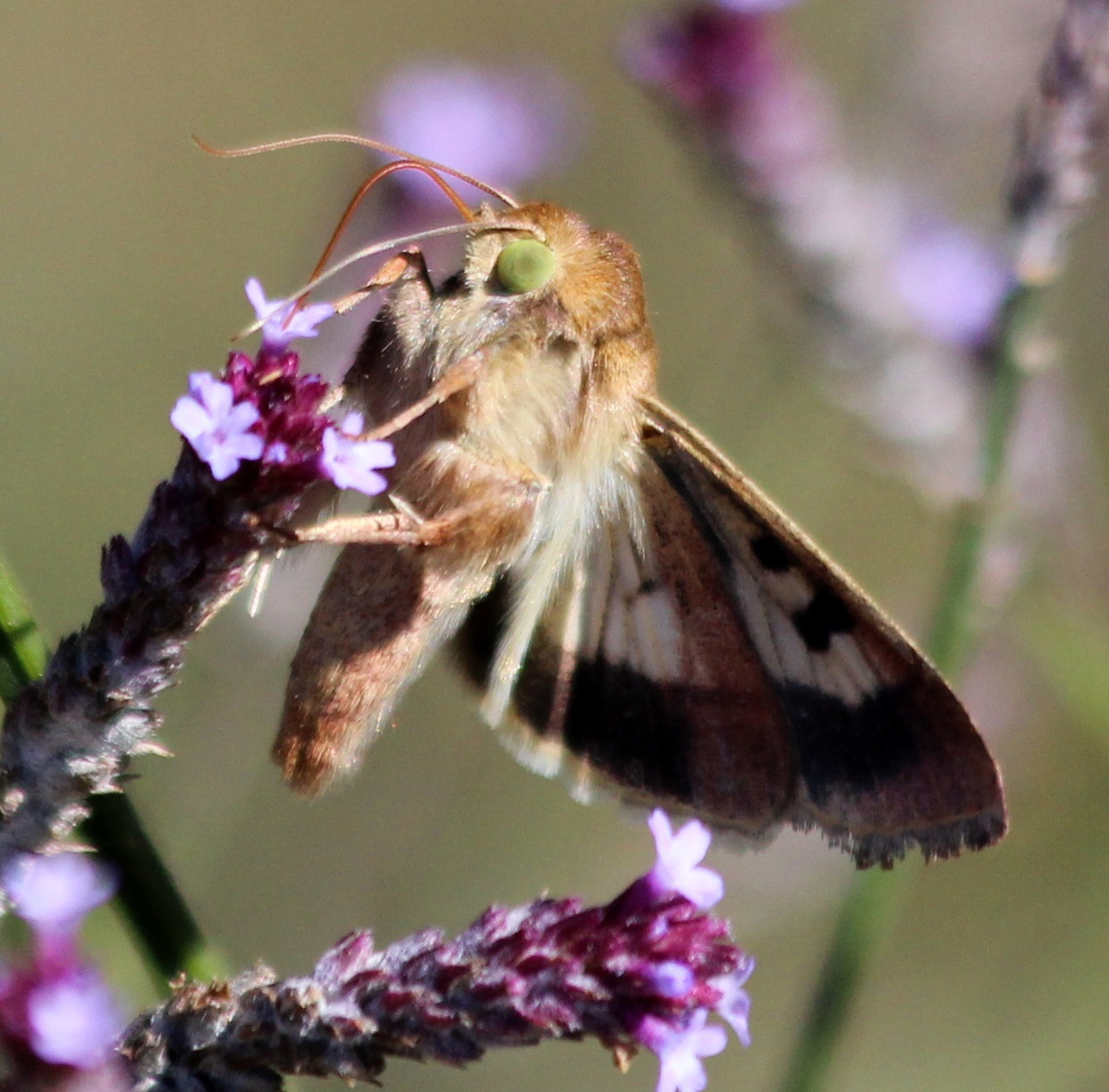
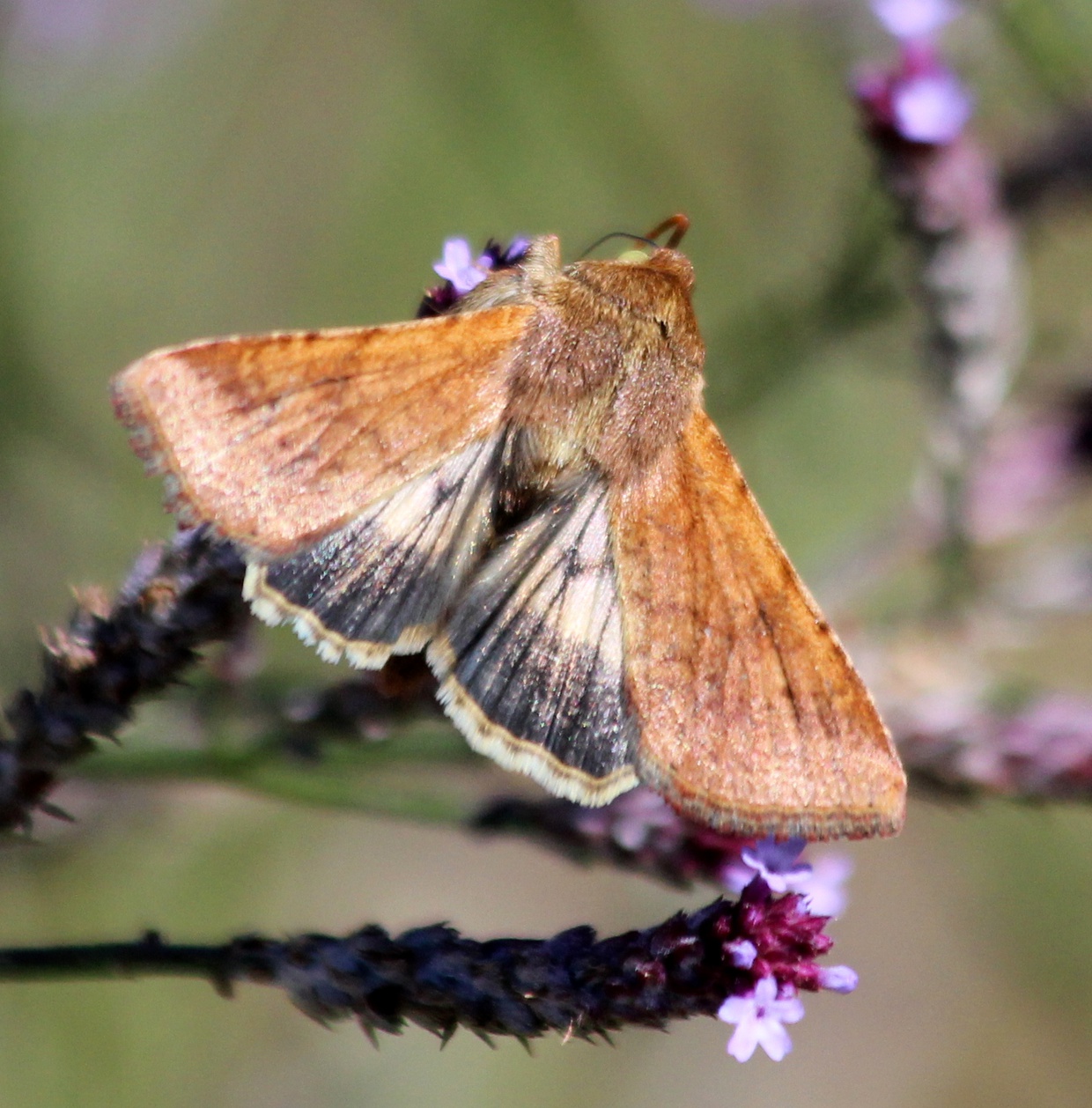
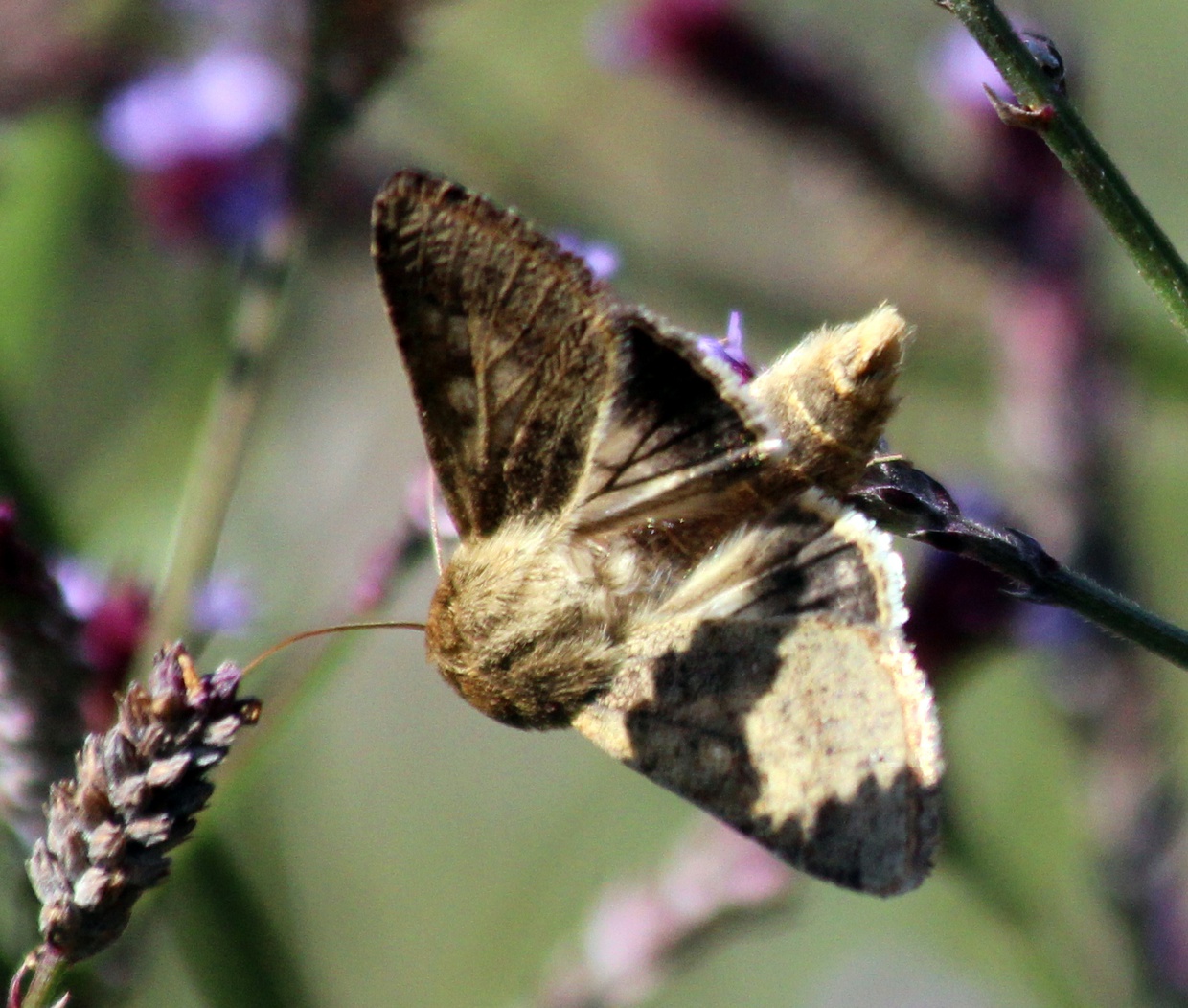
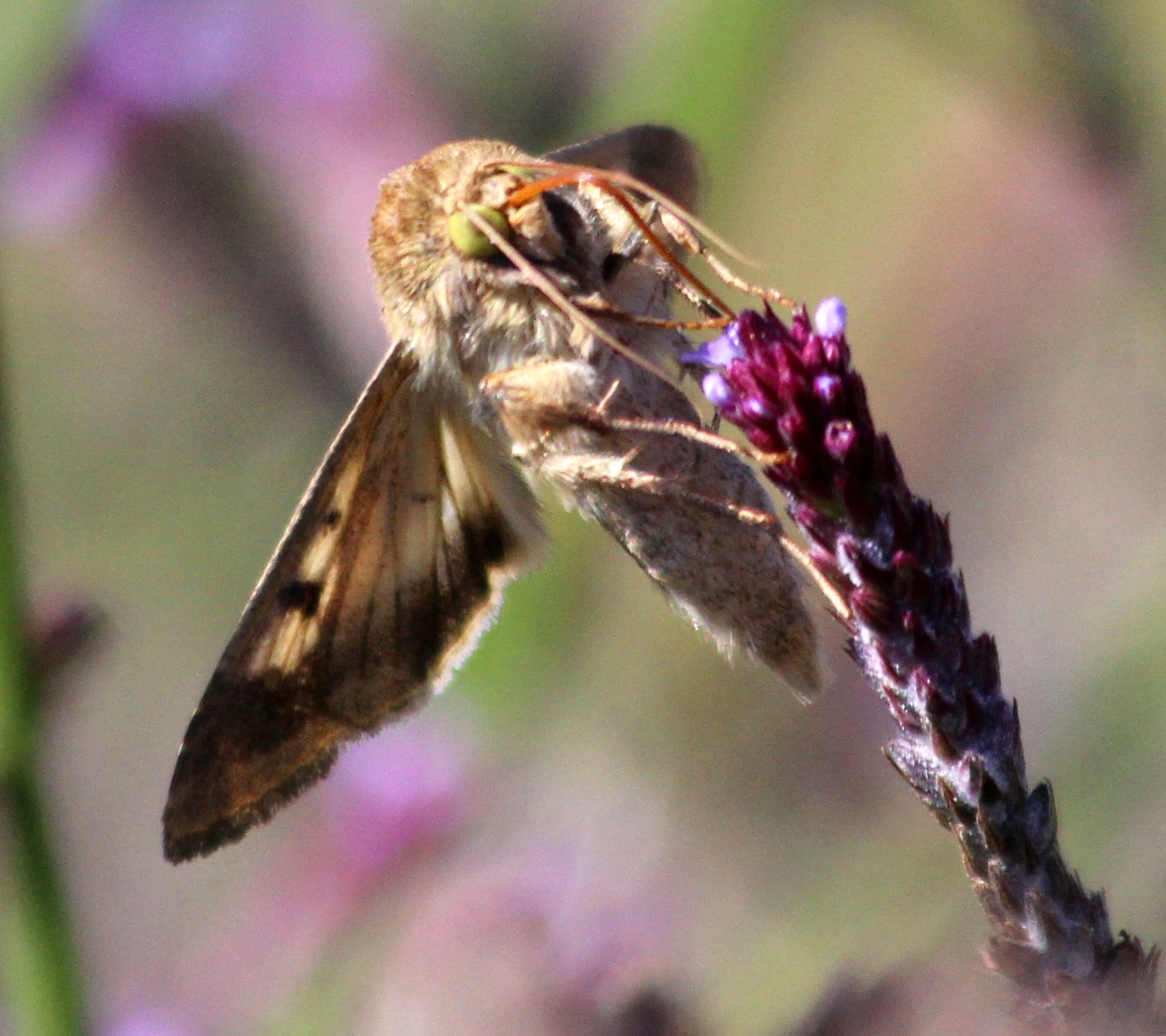
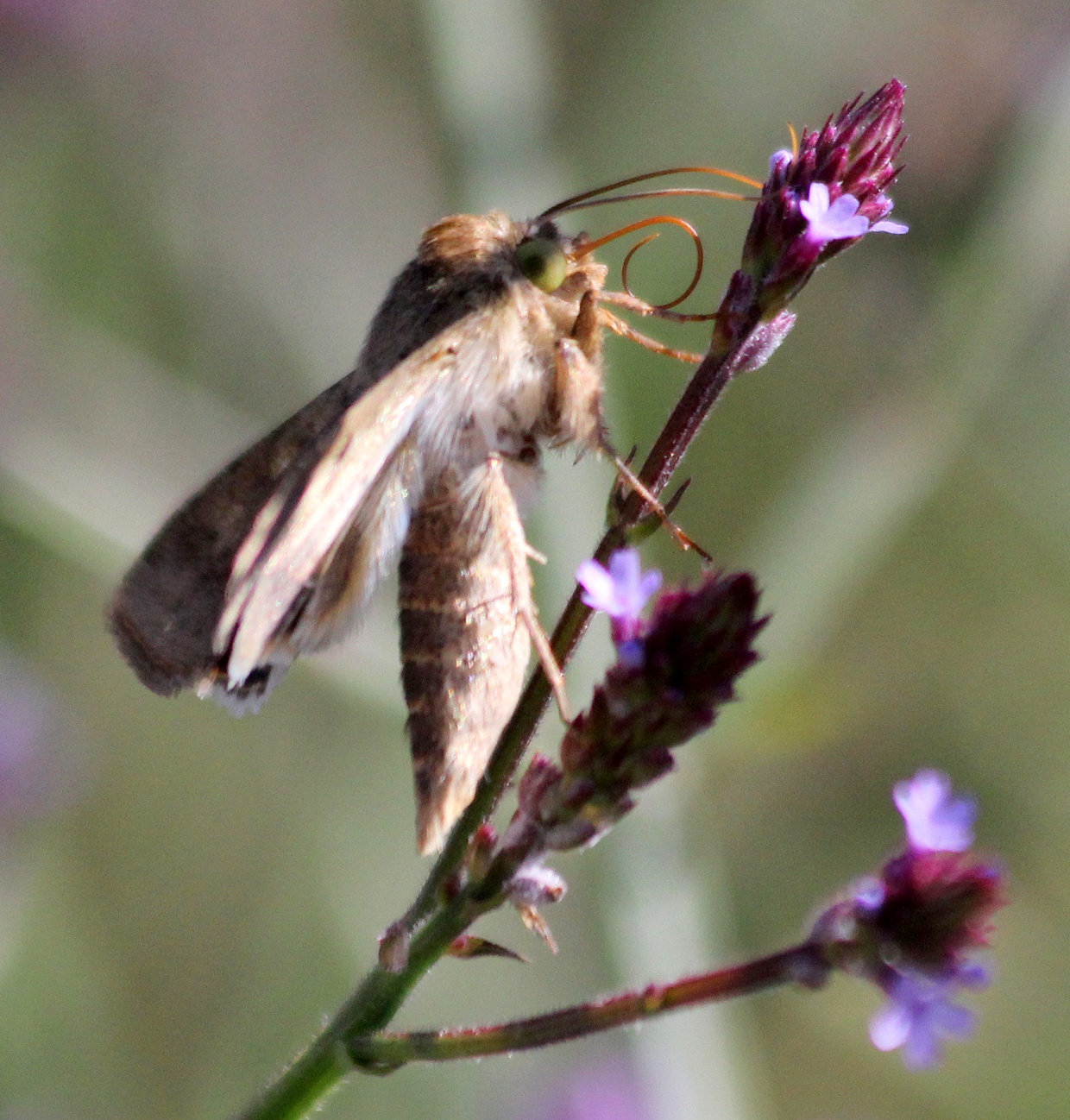
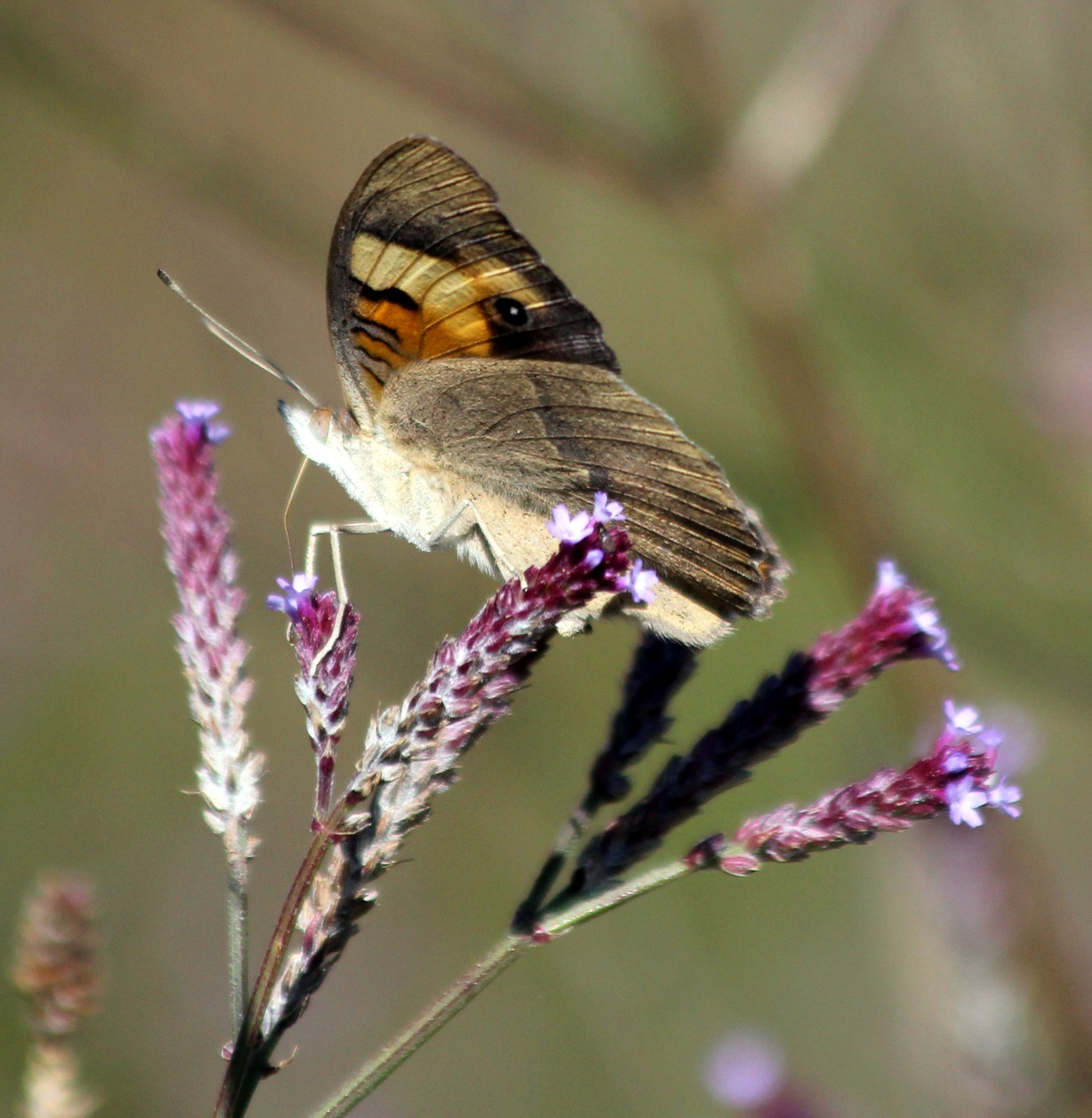
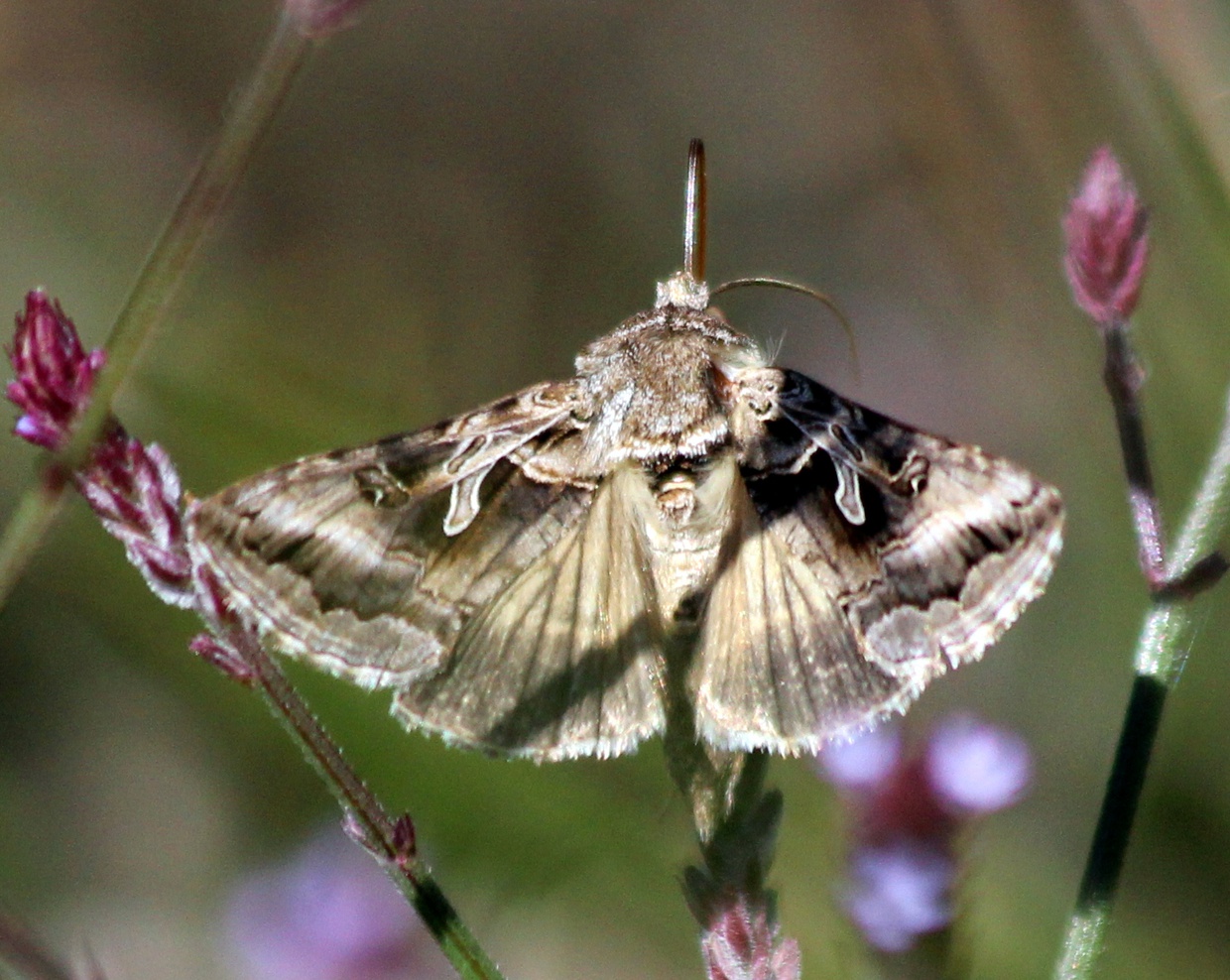
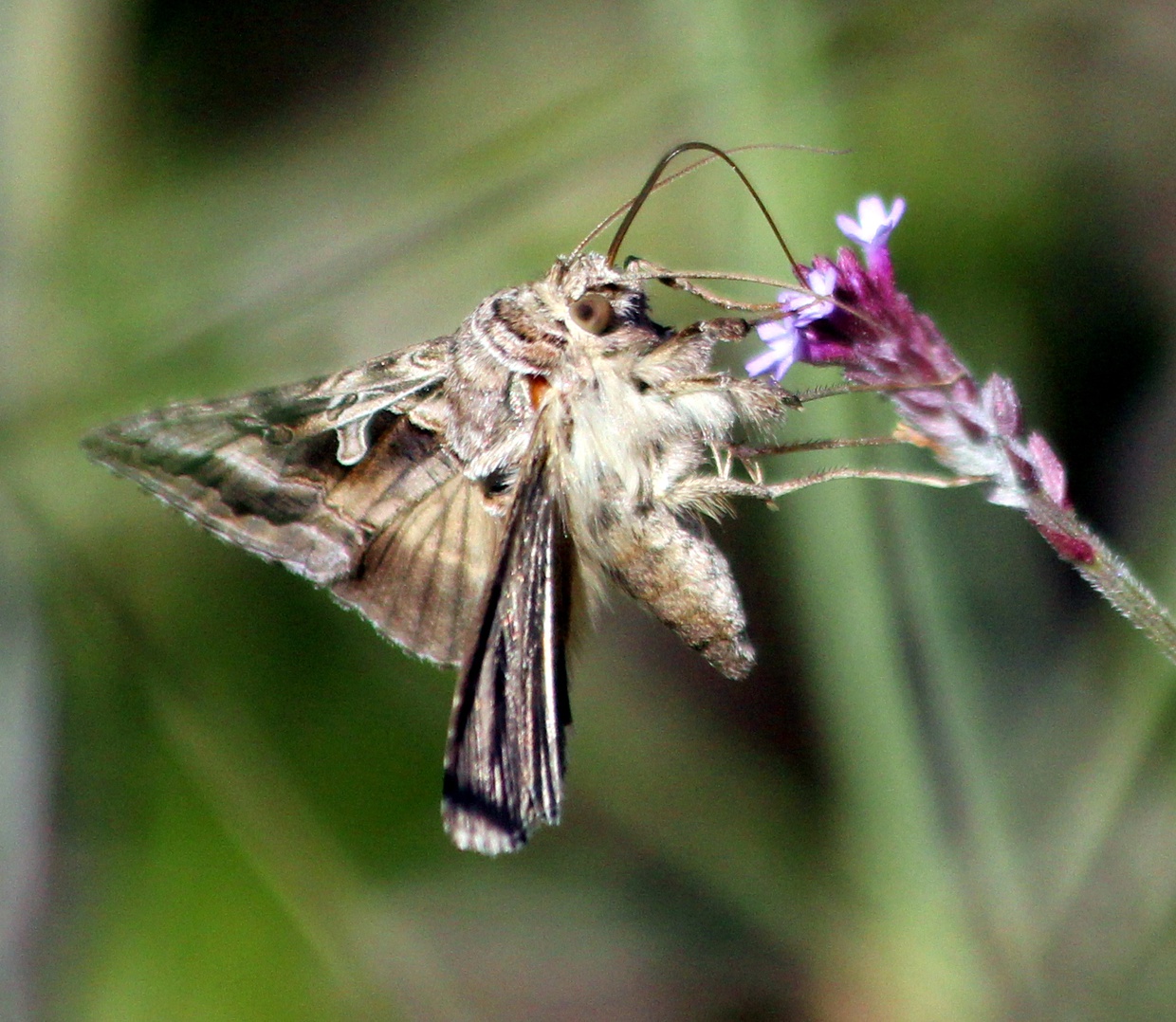
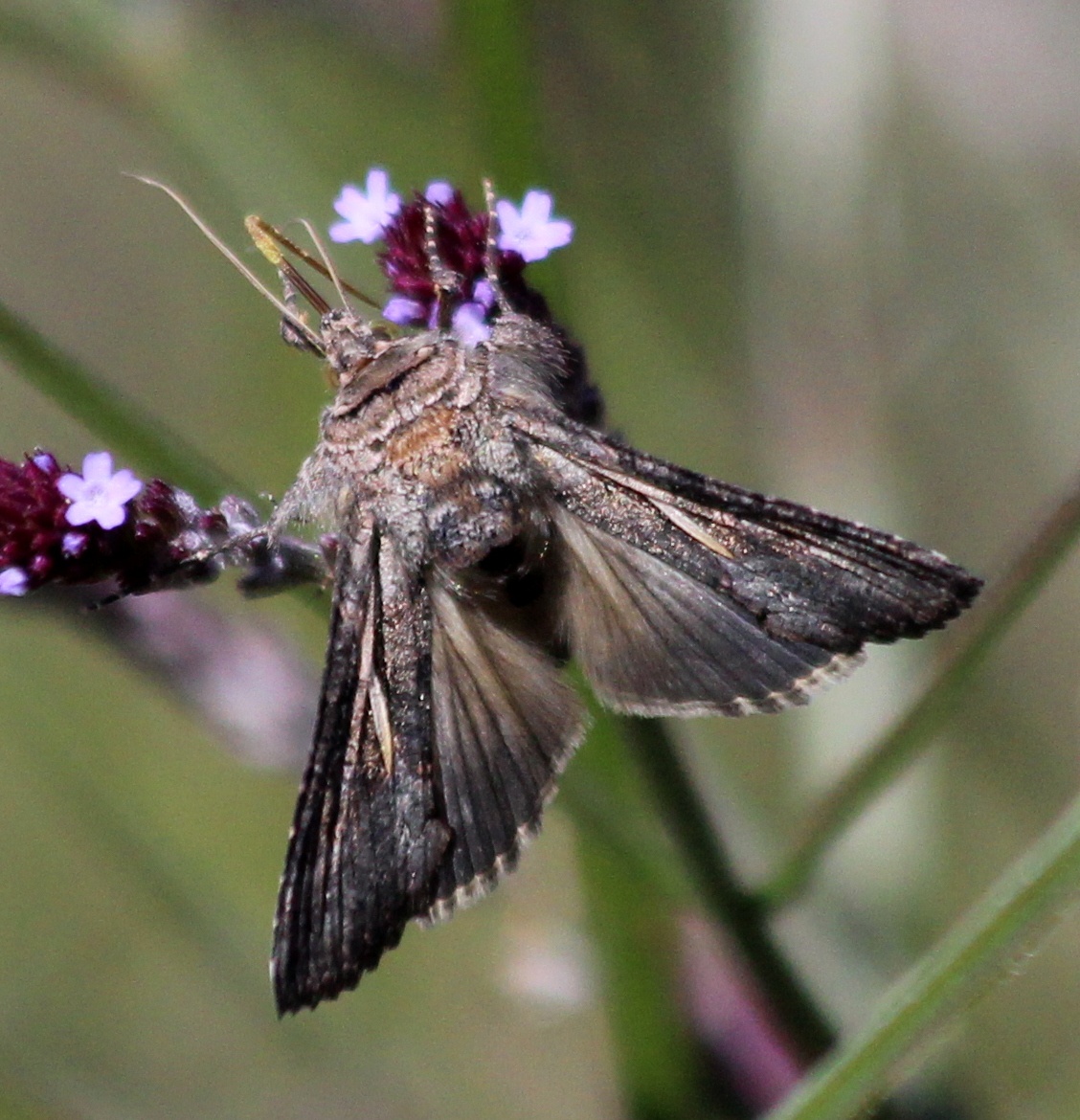
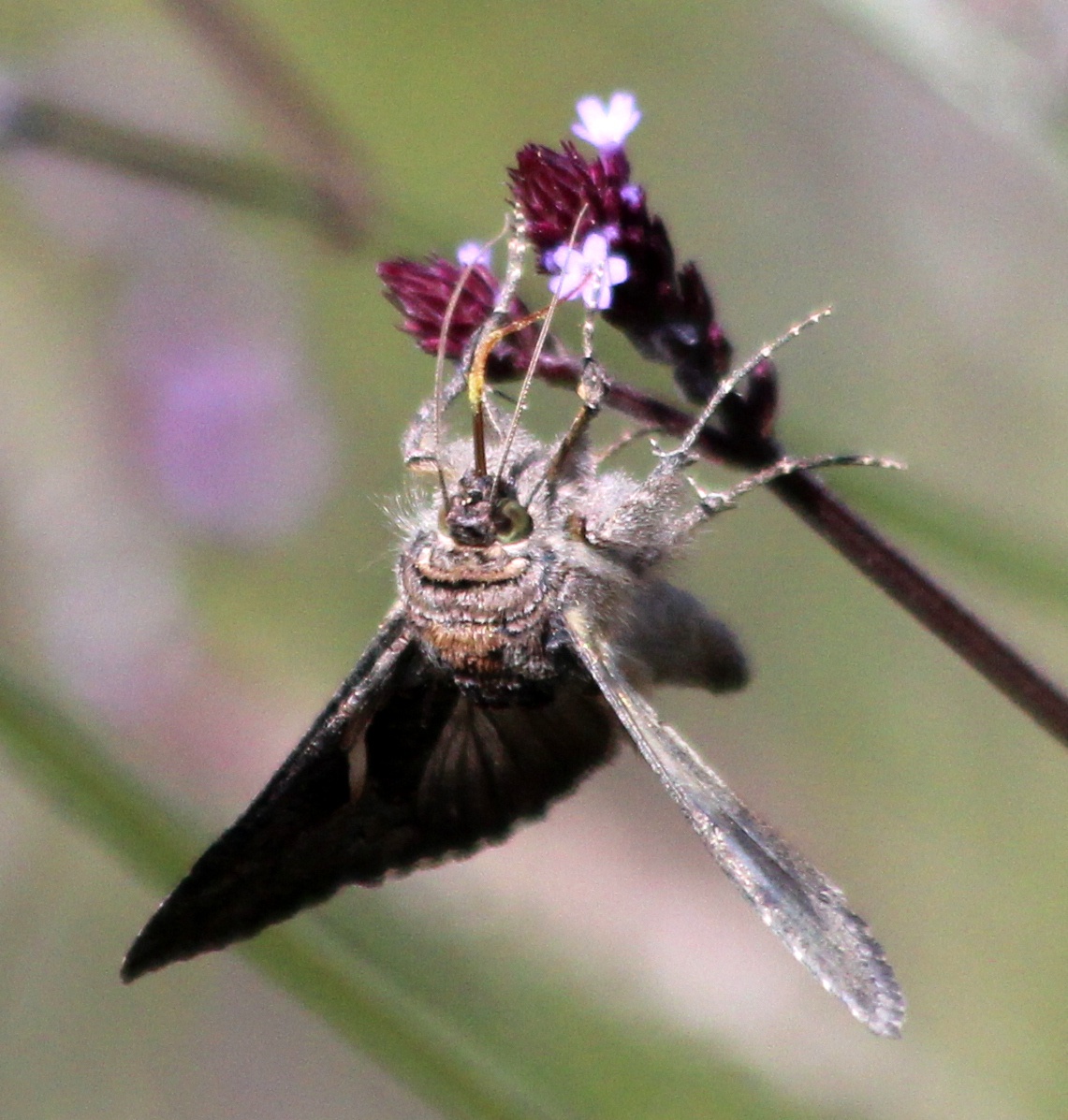
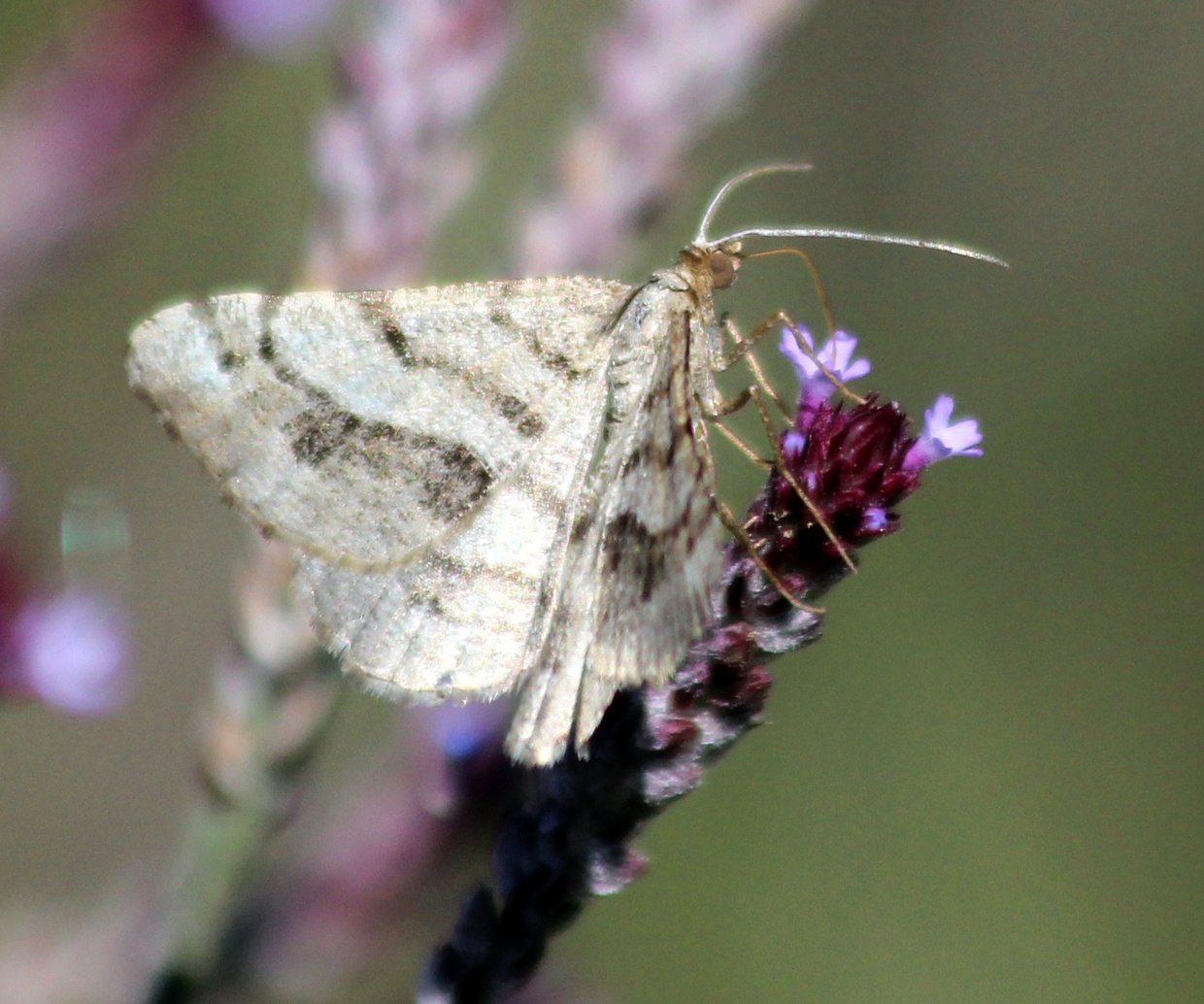
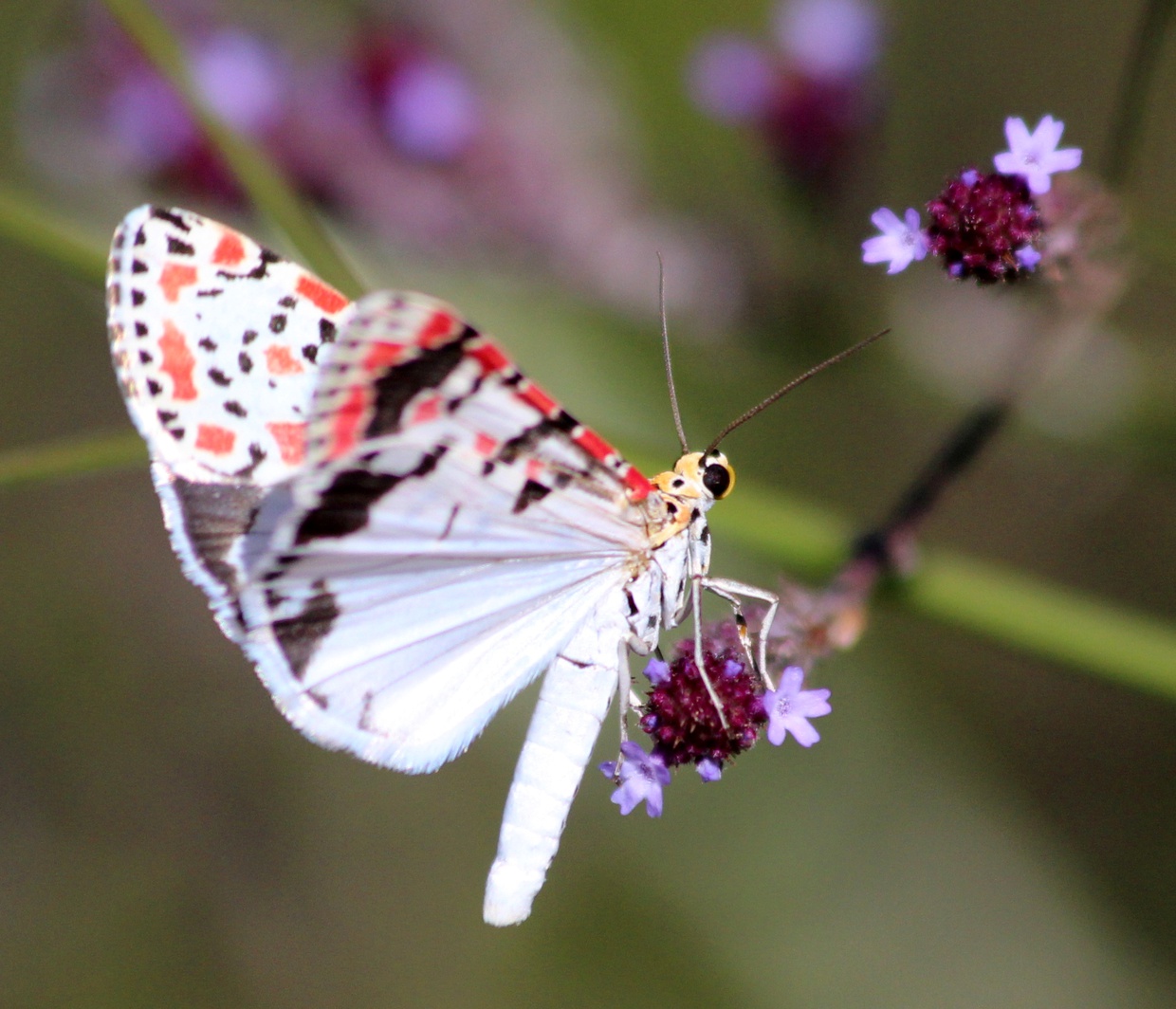
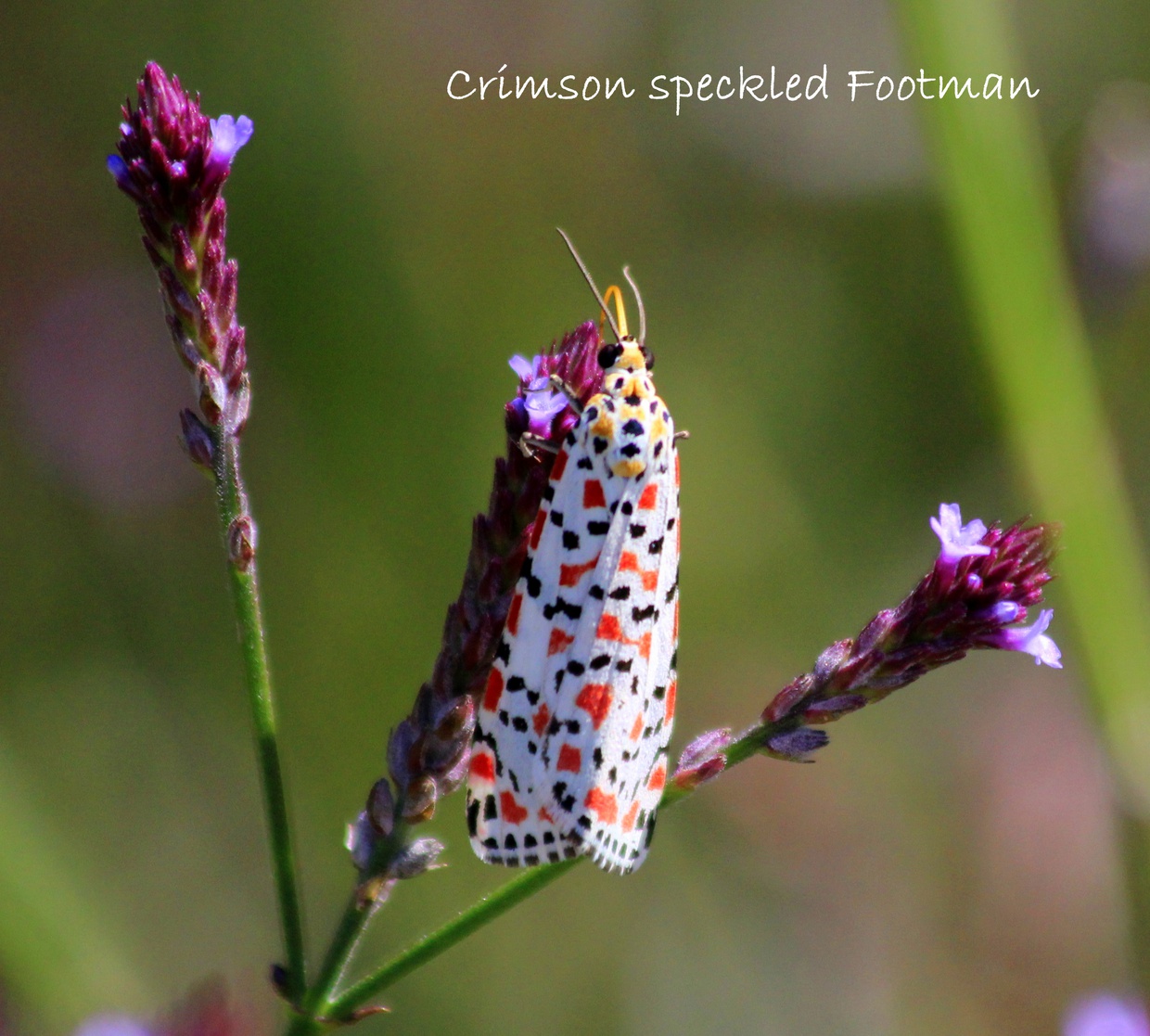
And finally the African Humming Bird Moth is truly spectacular. Such vivid colouring and those little wings are a blur working at an astonishing 25 beats per second, hovering and seeming to fly backwards as they feed that proboscis tongue into the flowers. Surely a champion amongst all the moth species and certainly one of our favourites here at Amohela.
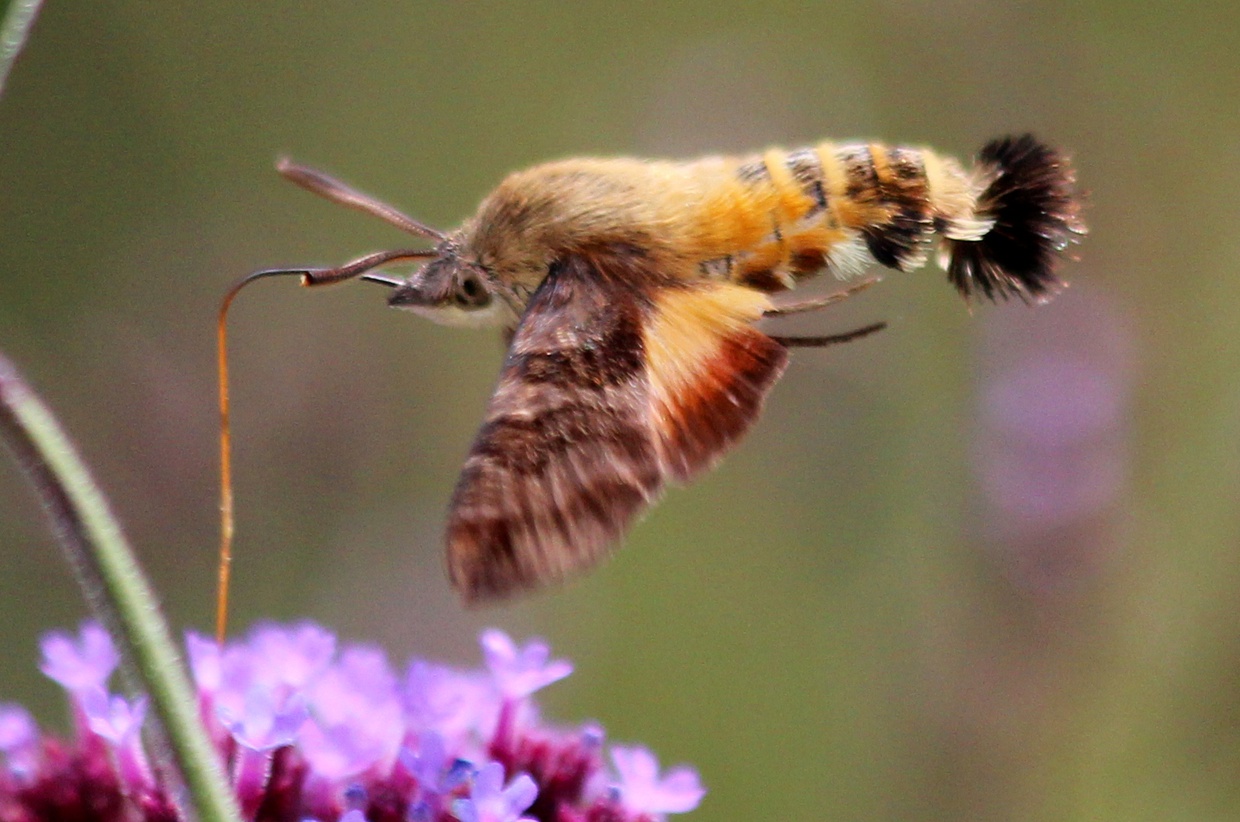
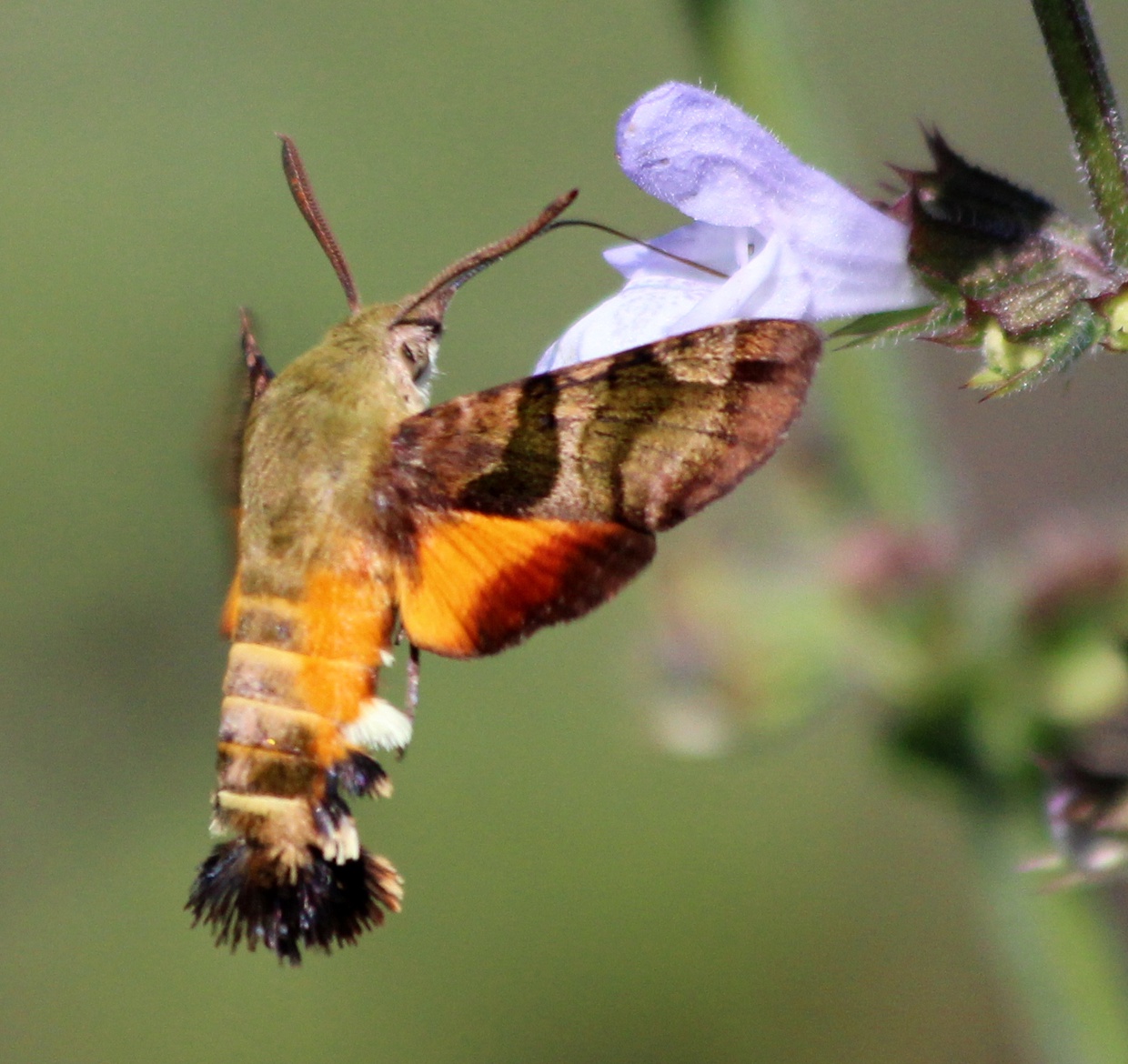
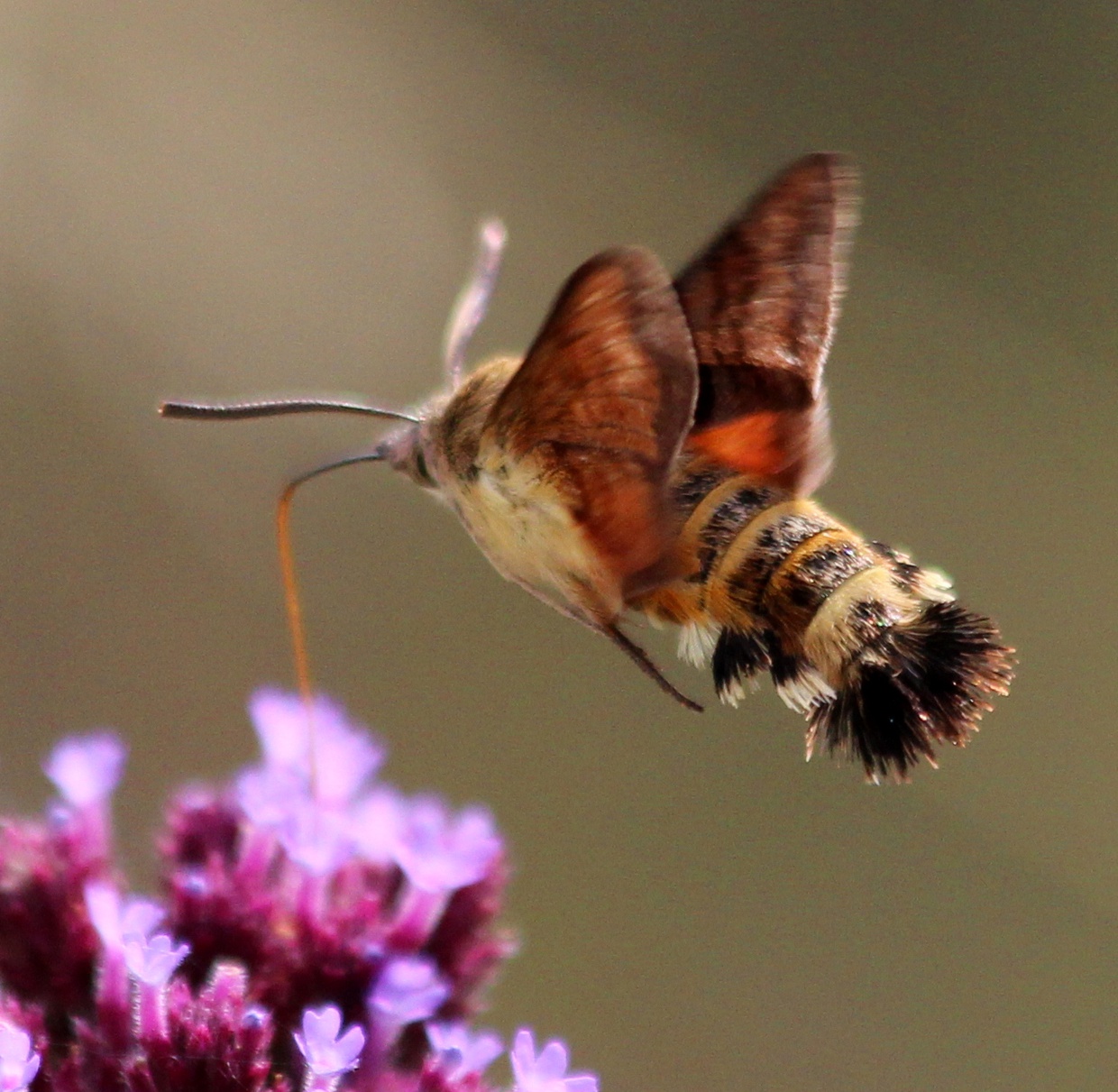
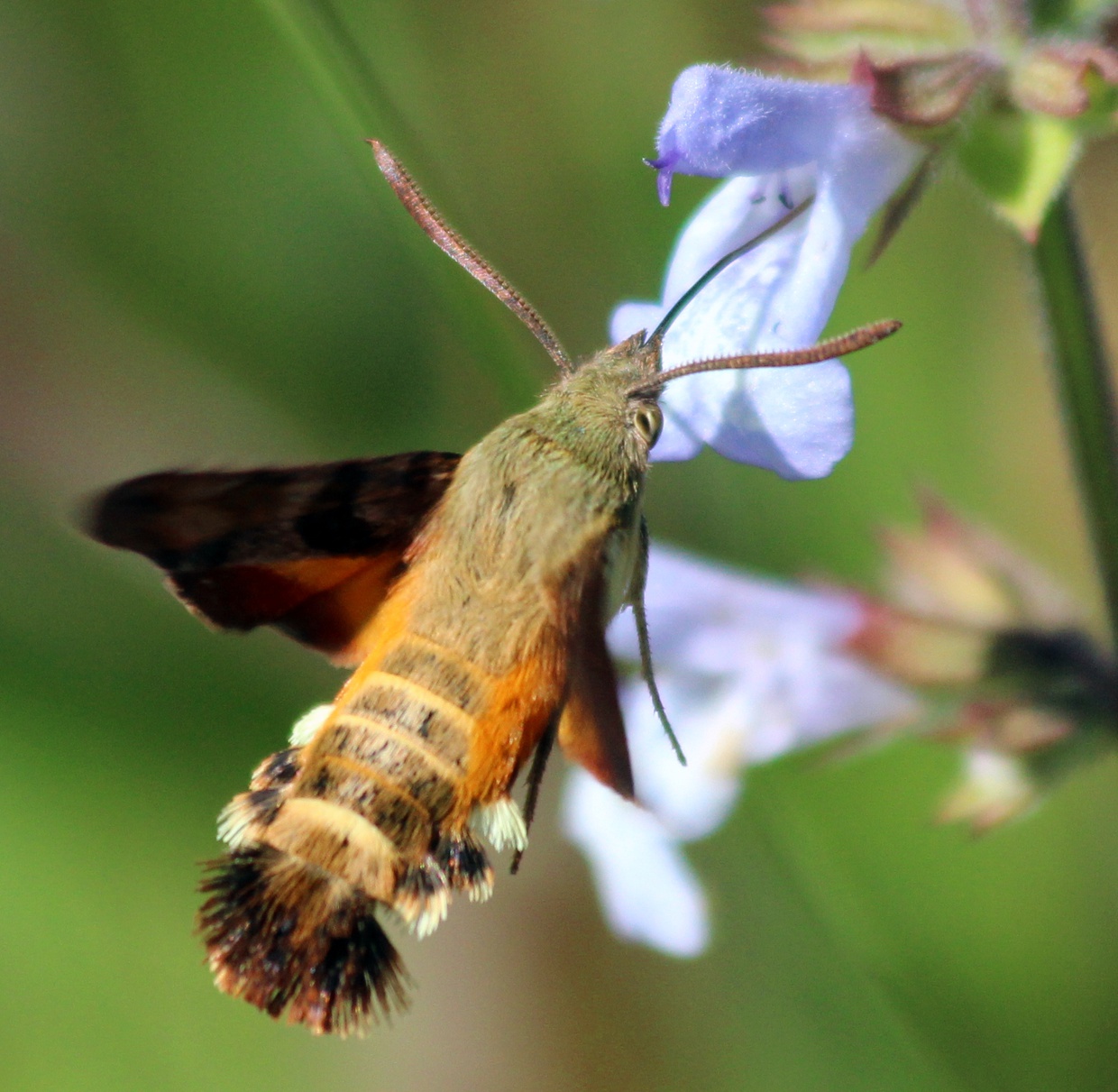
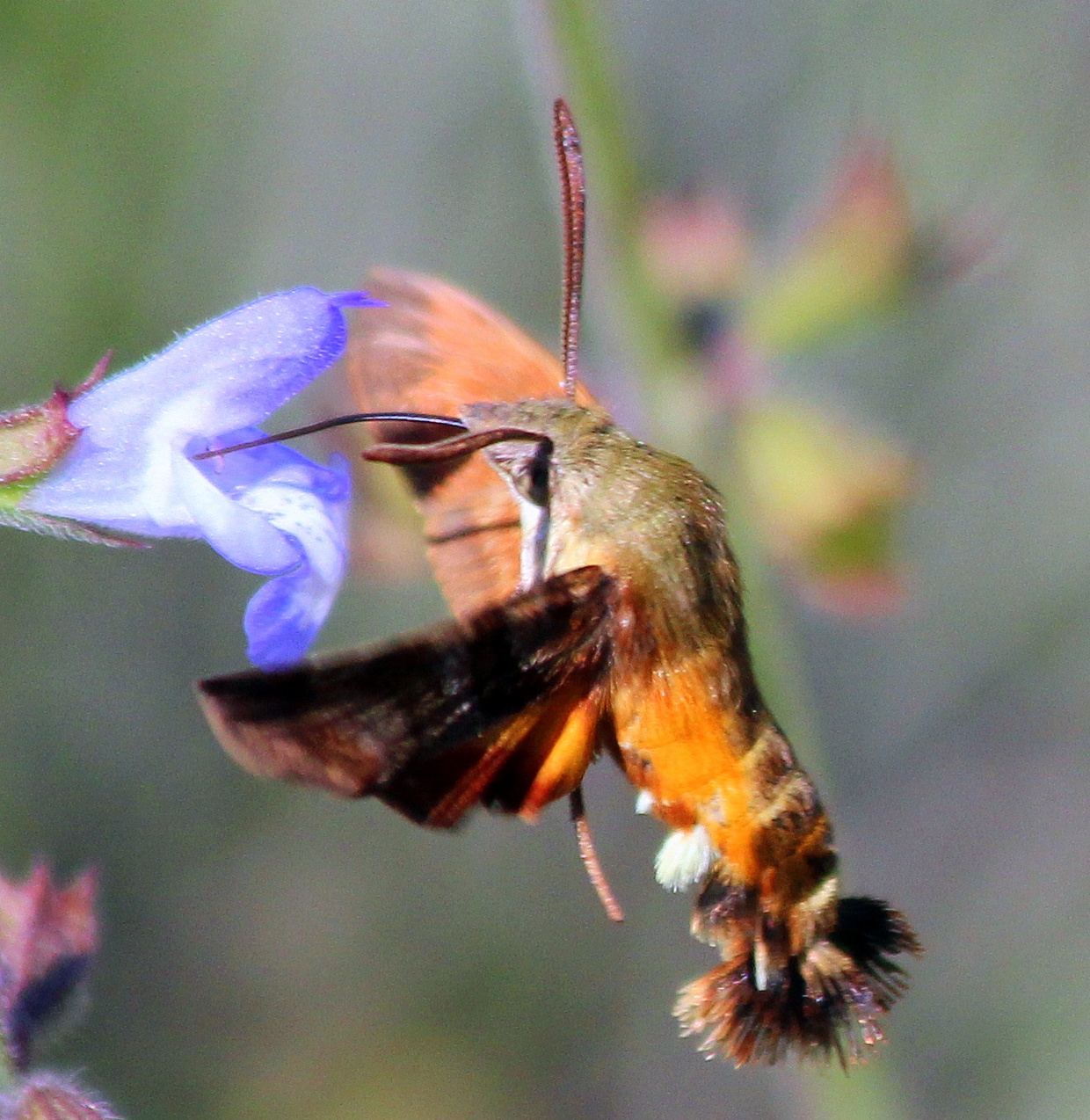
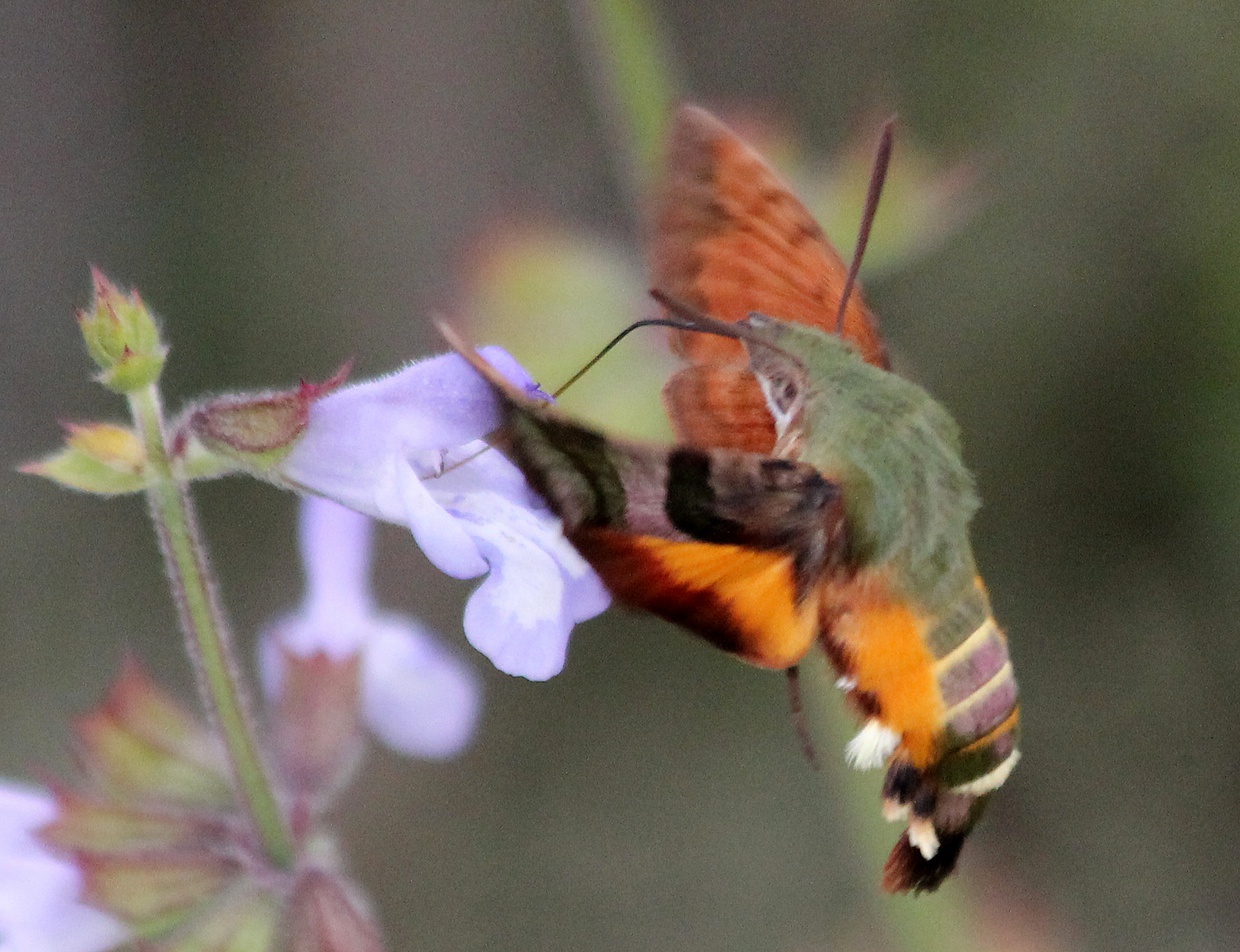
Text and photographs Allen Jones.

Share This Post